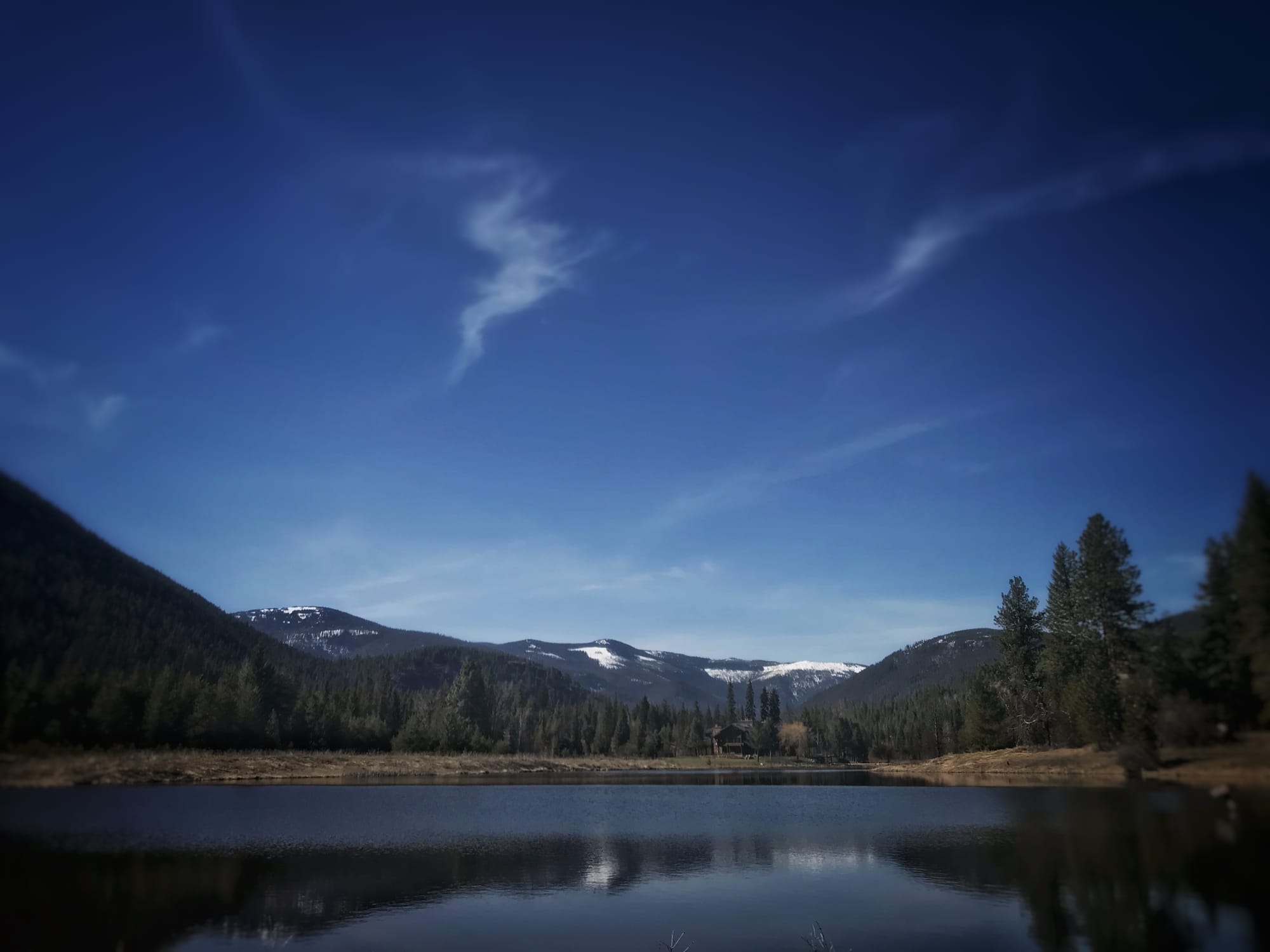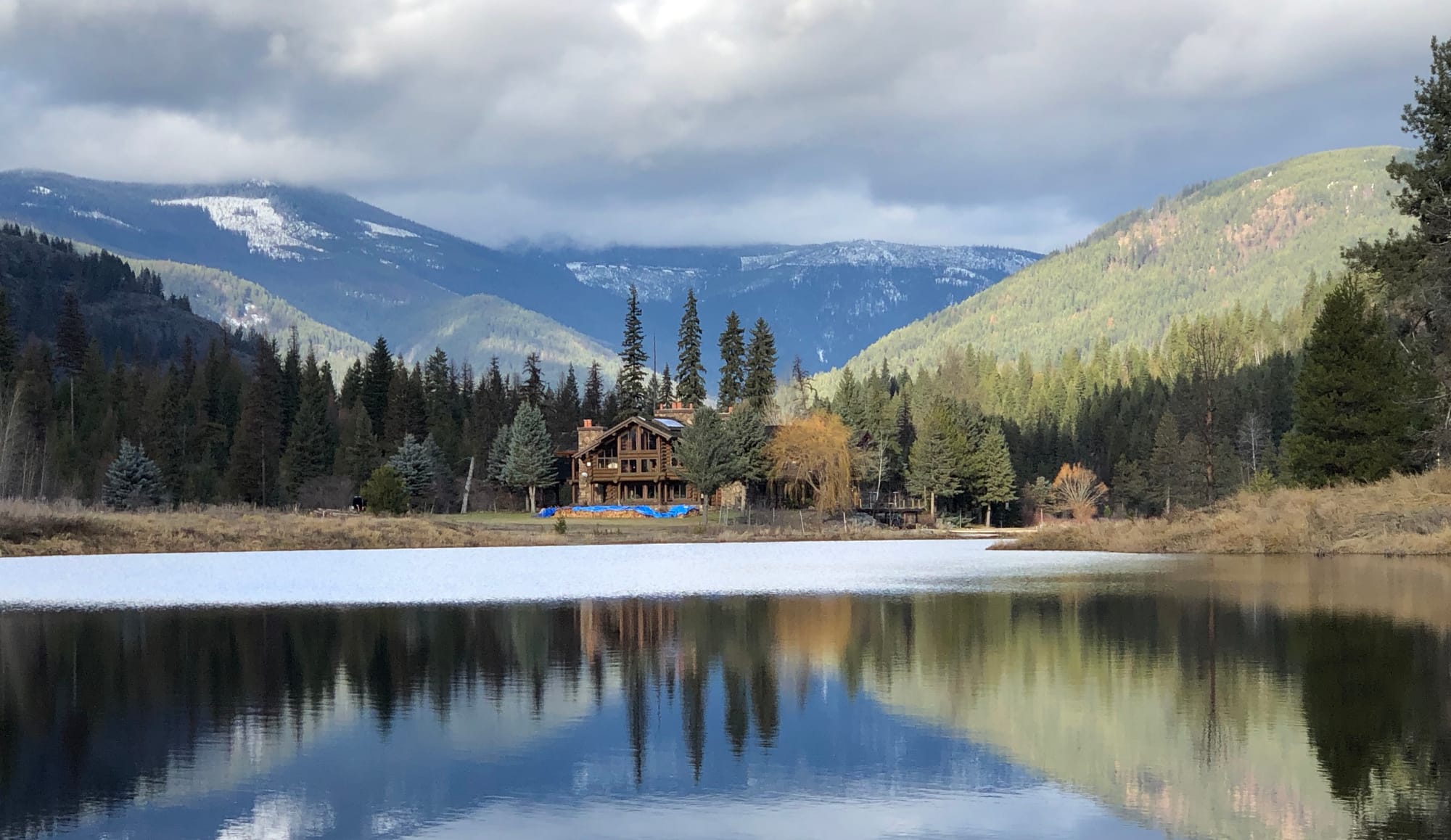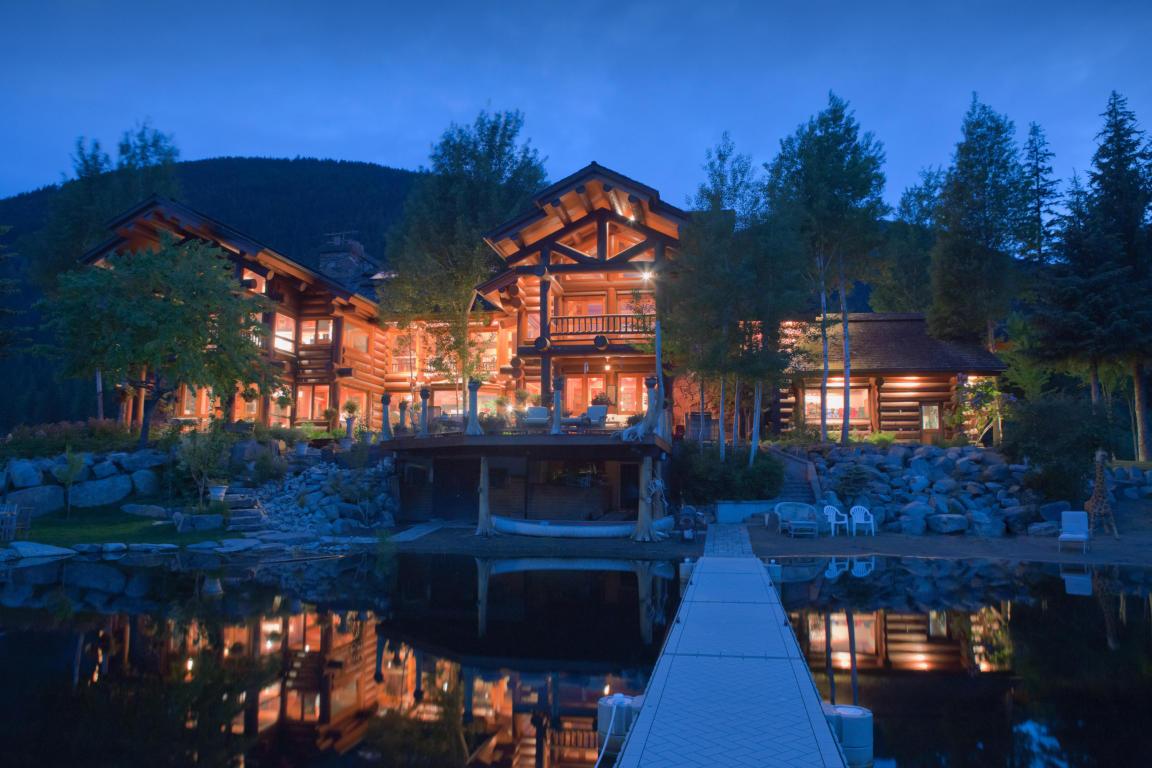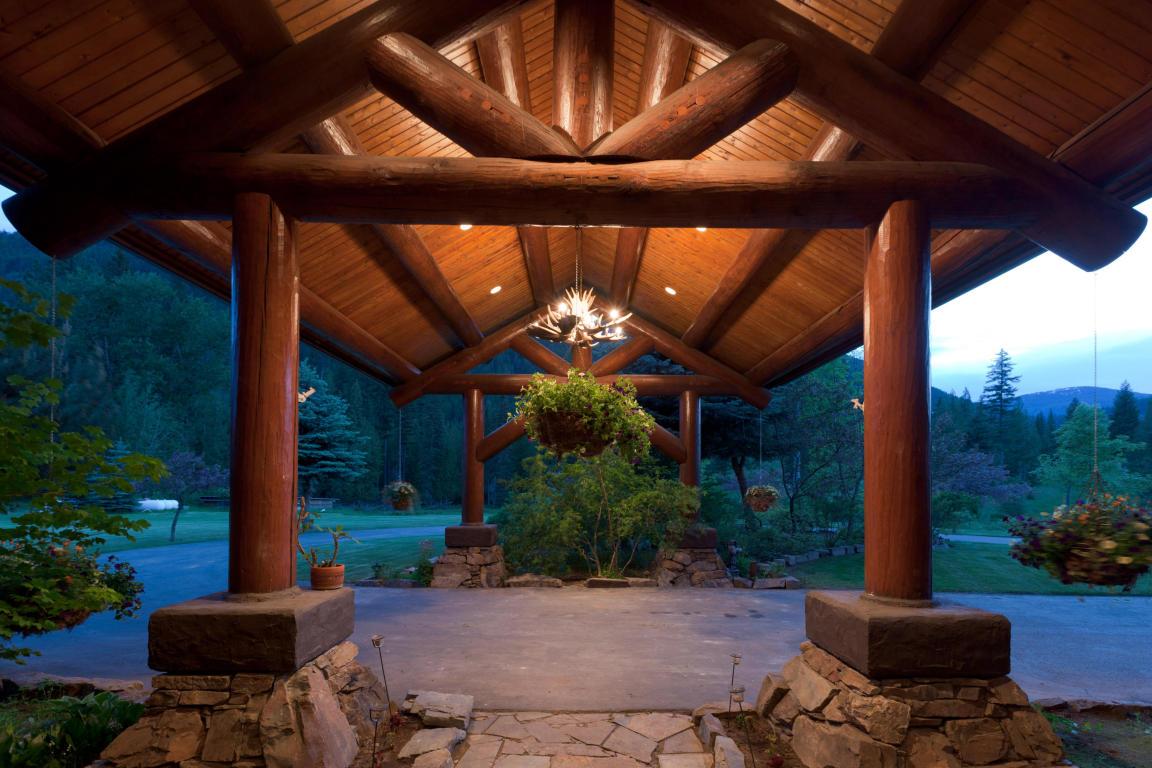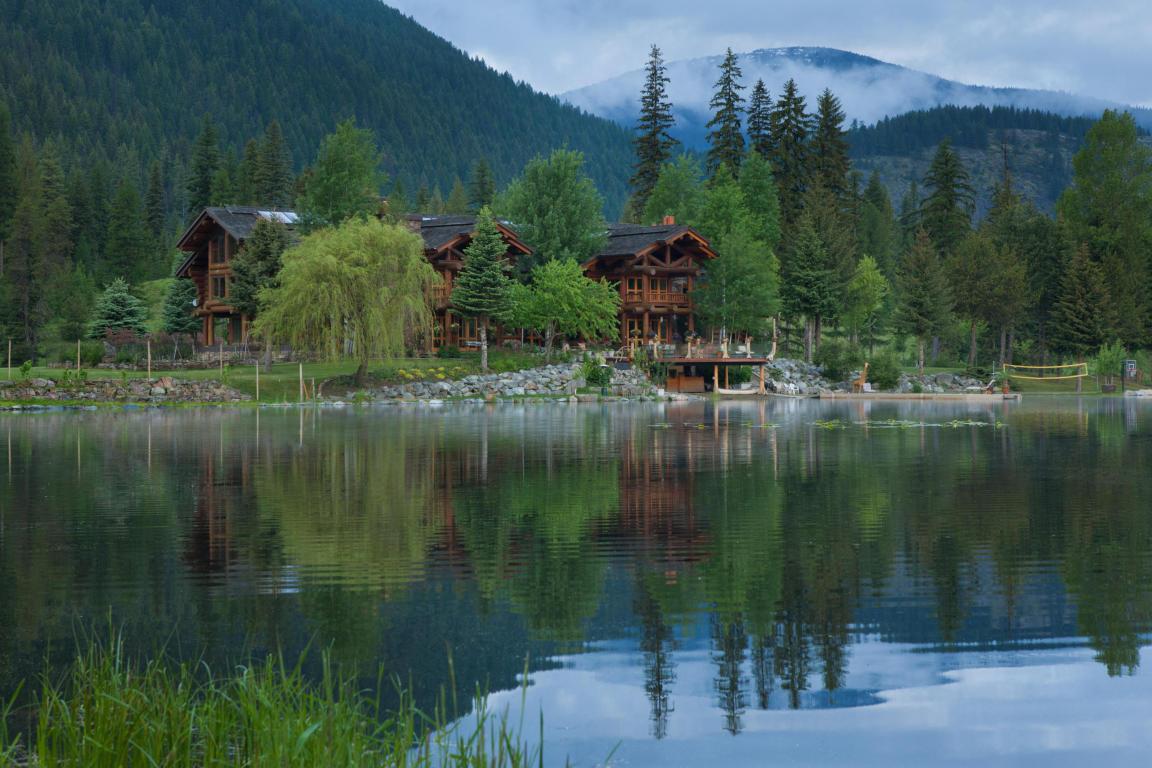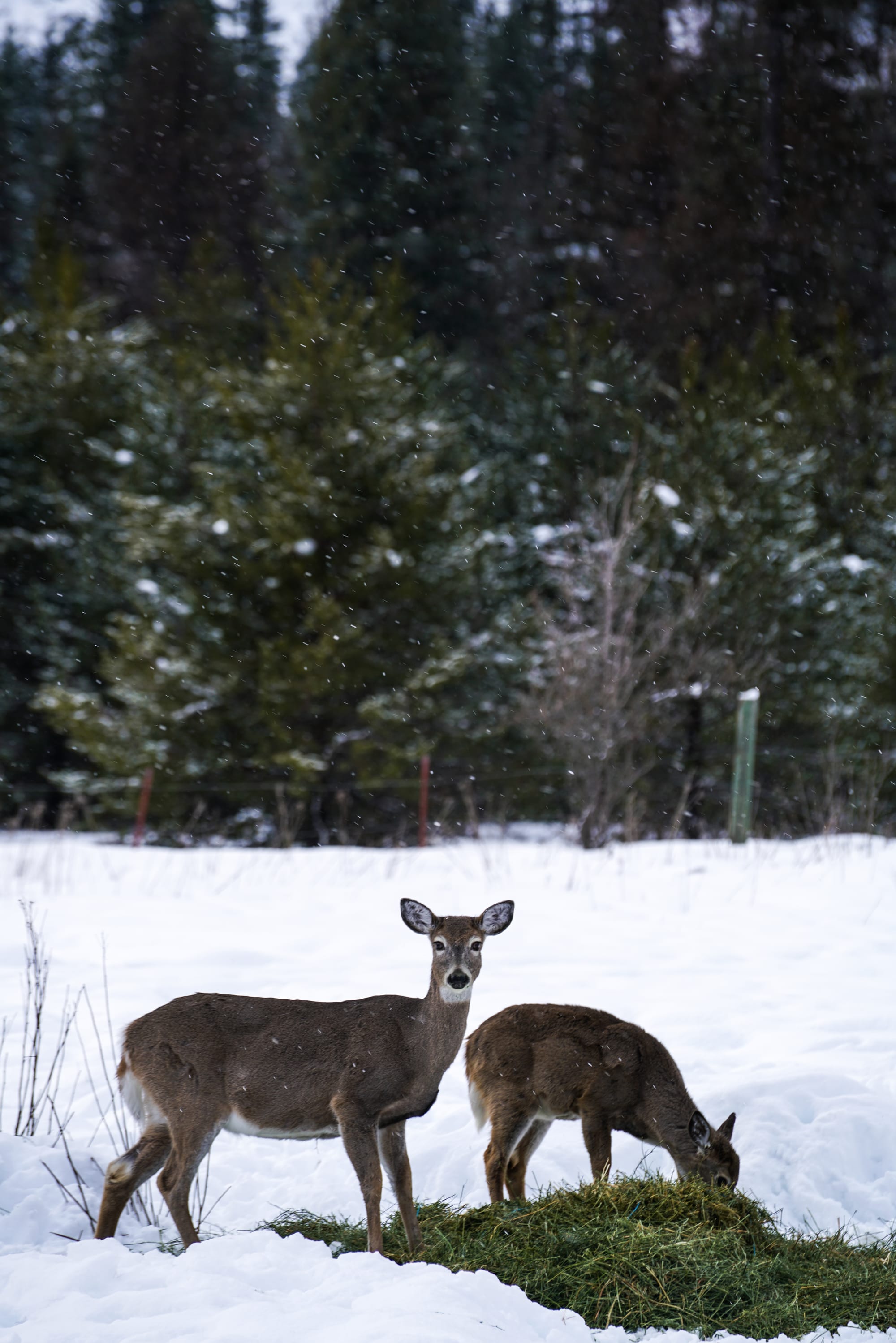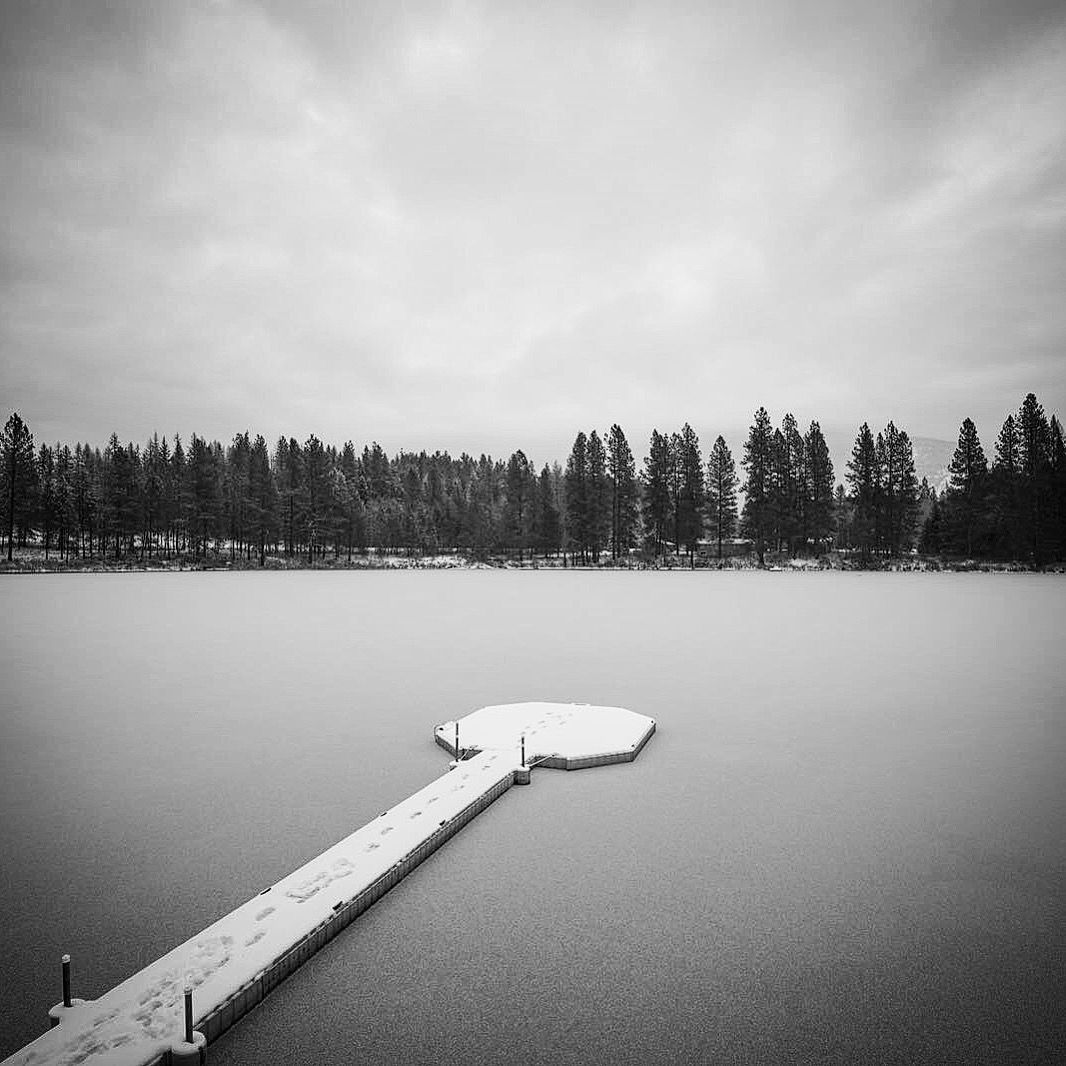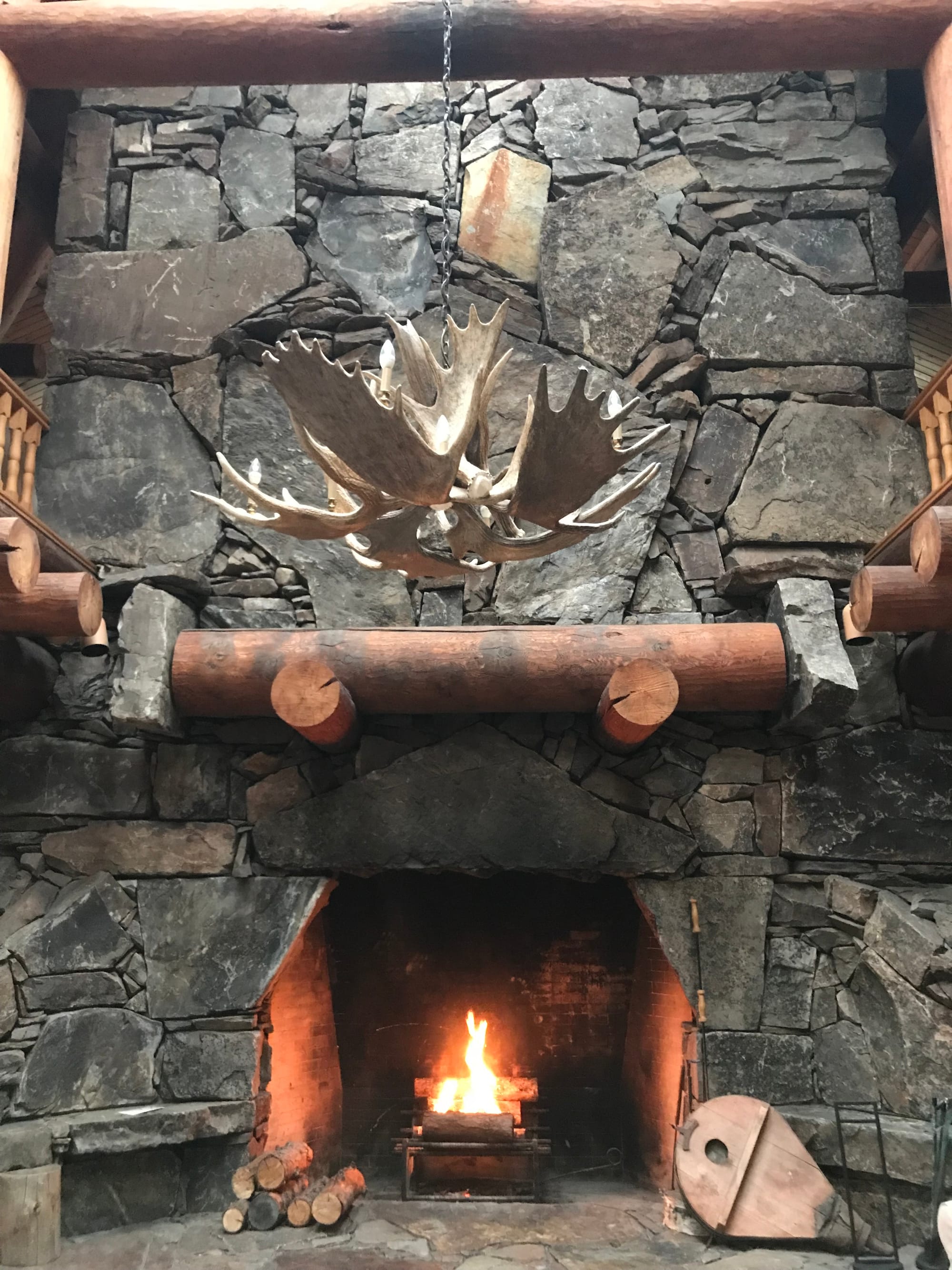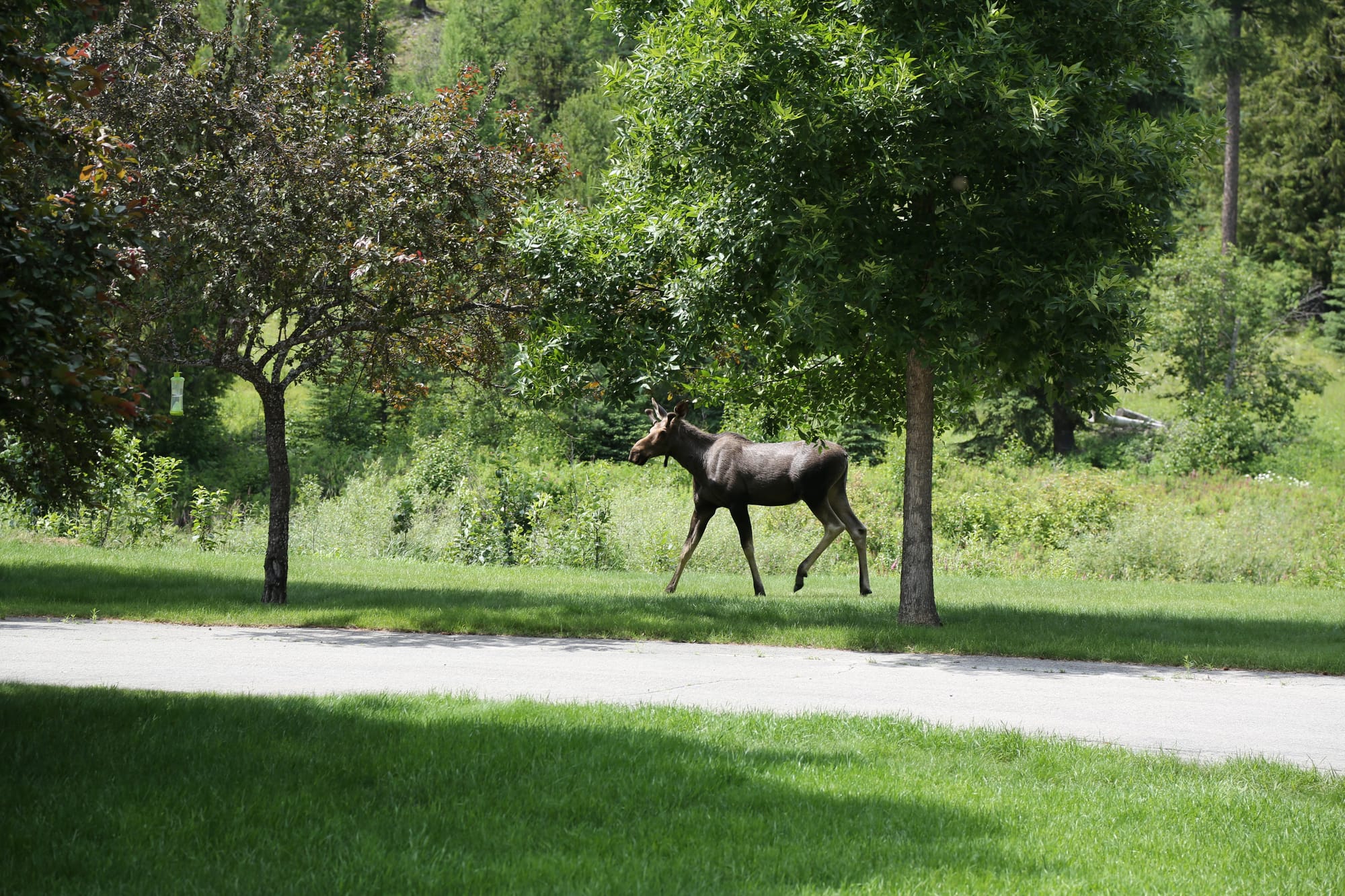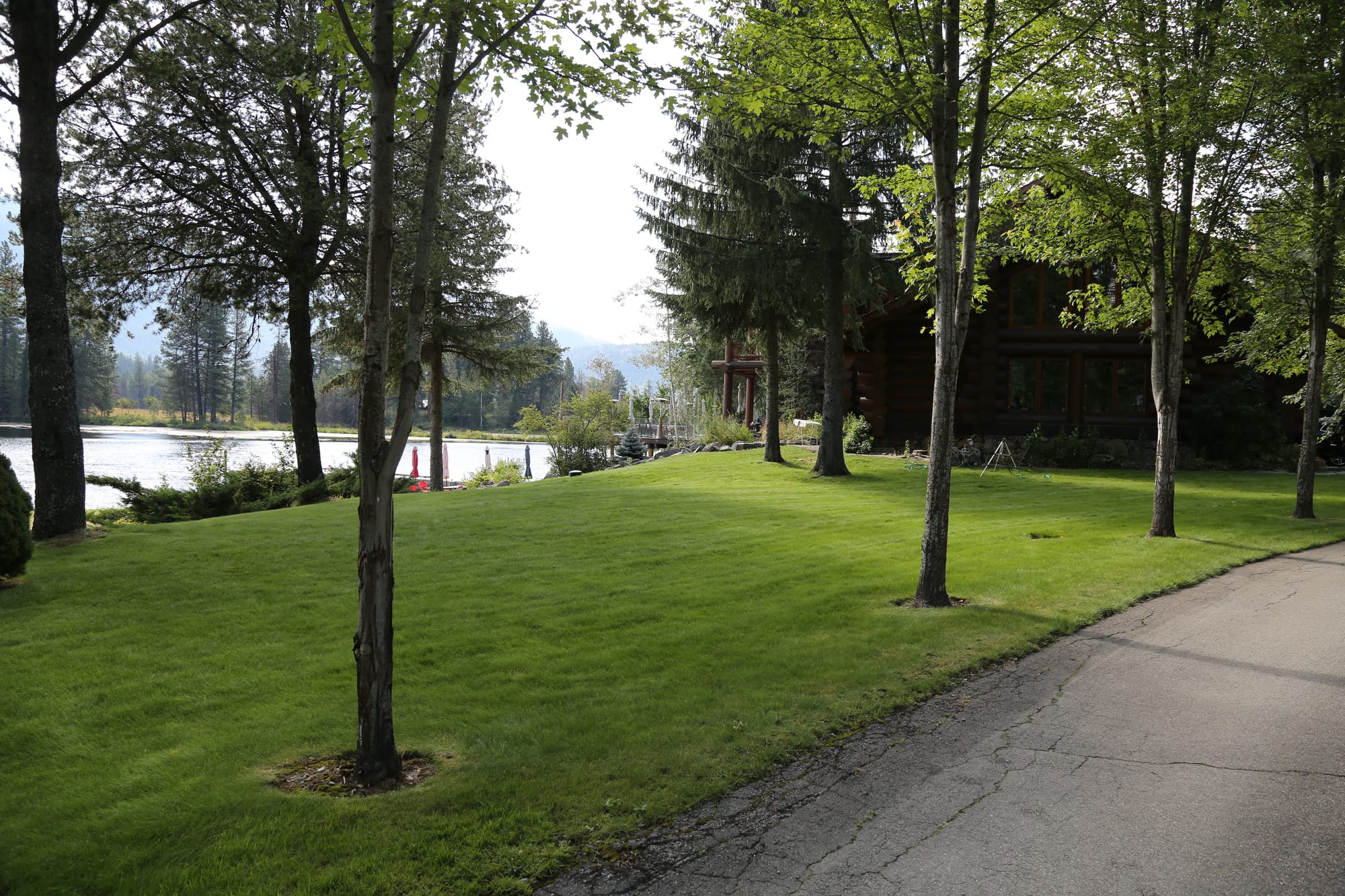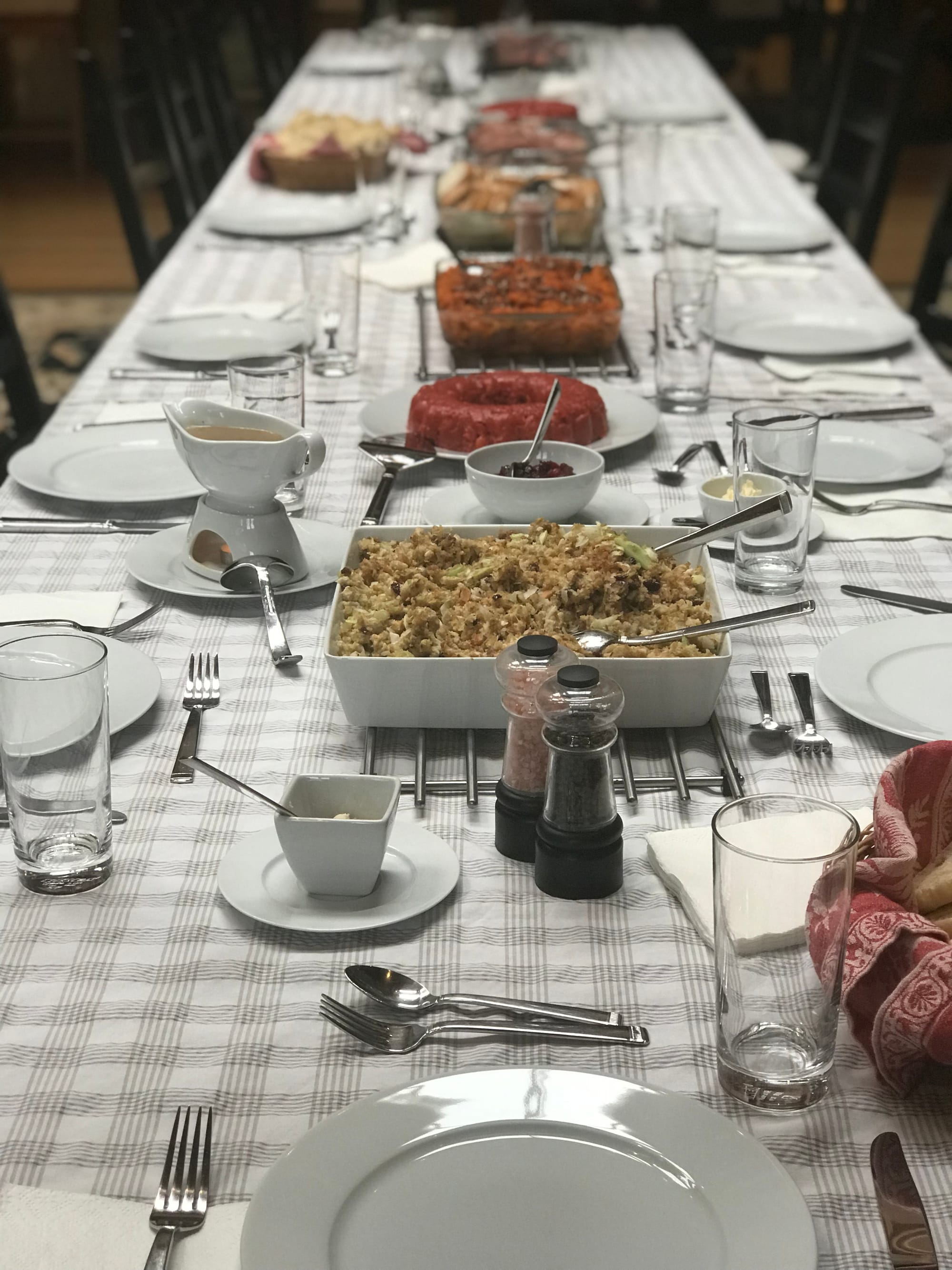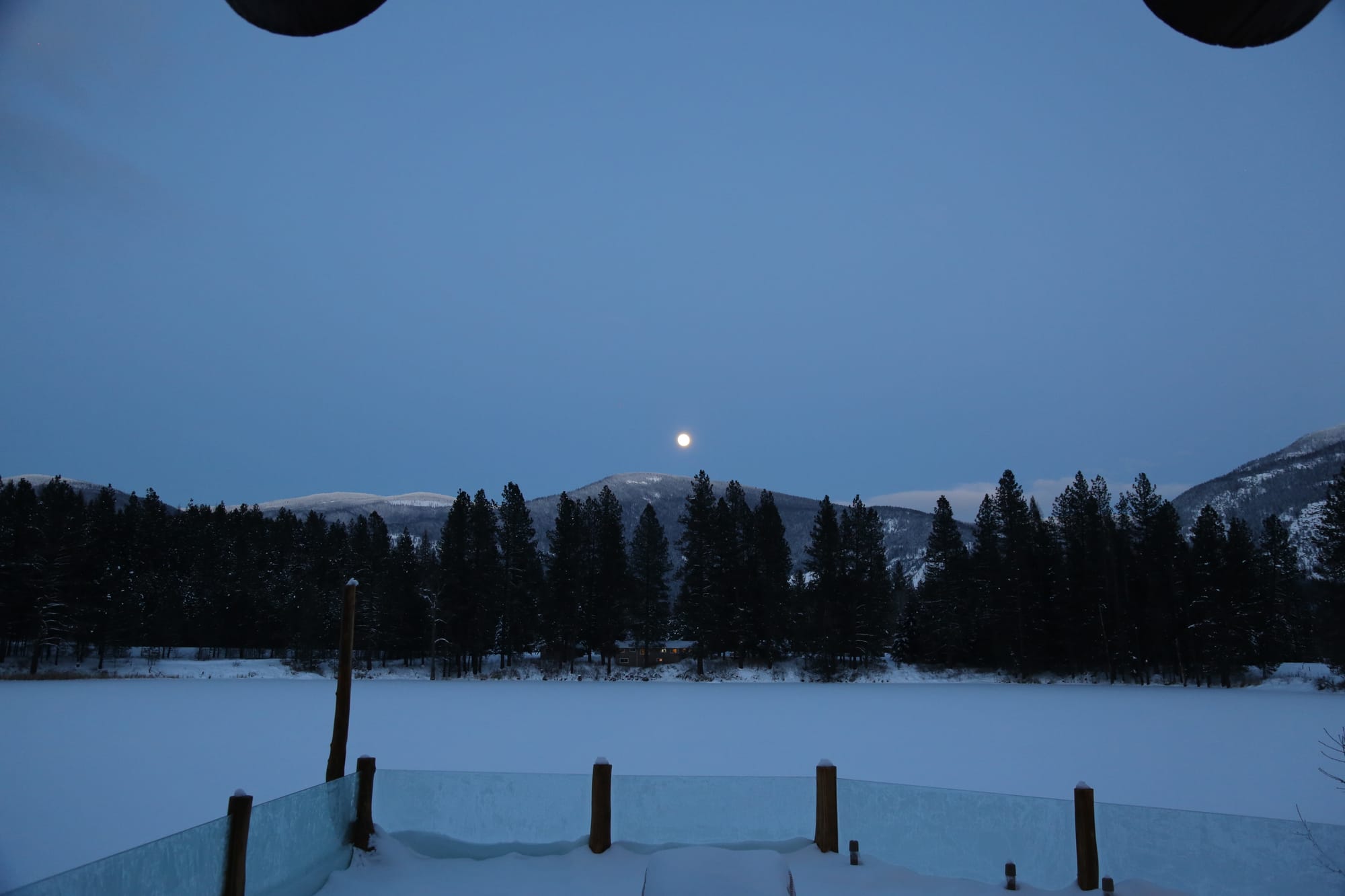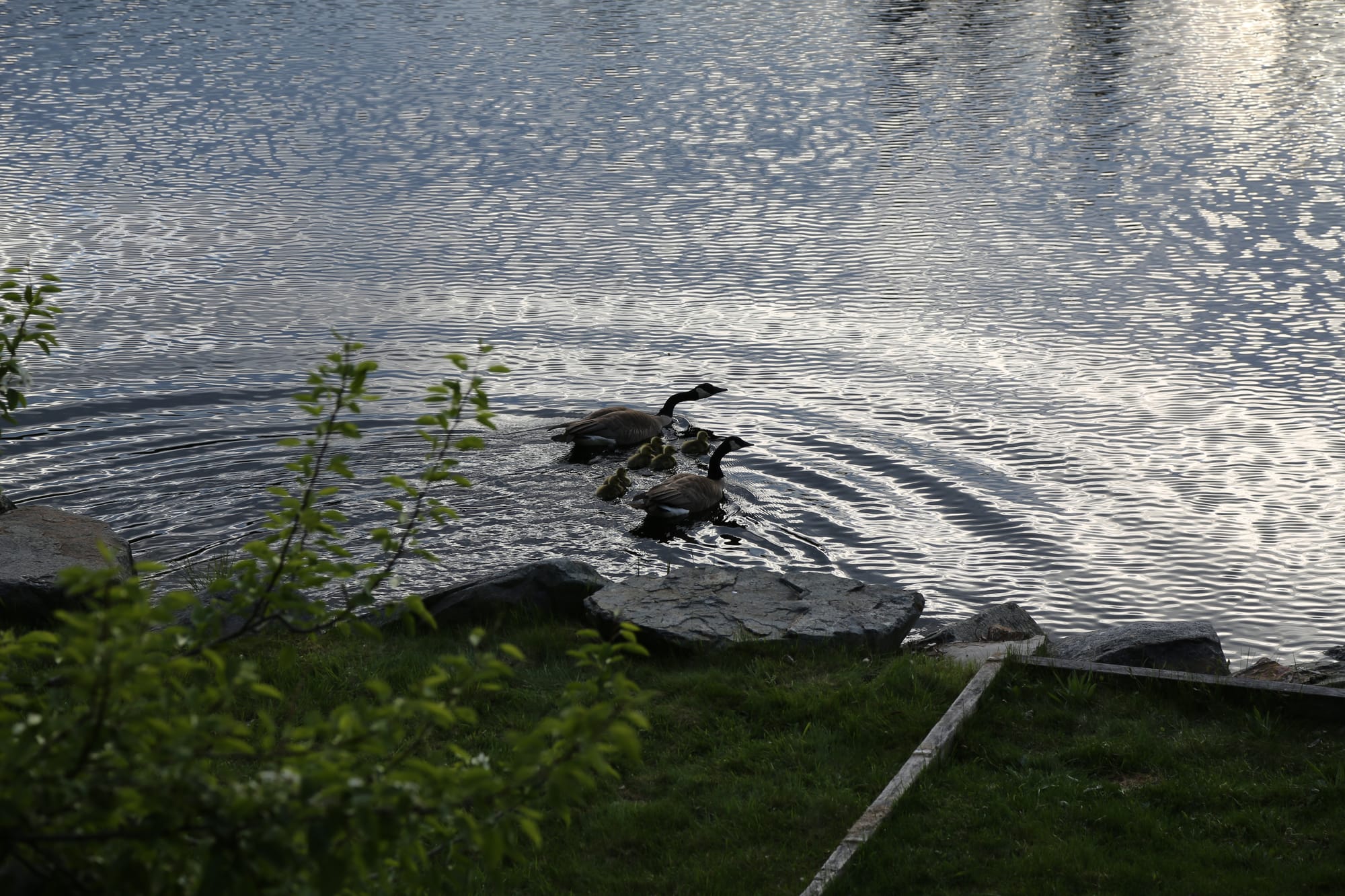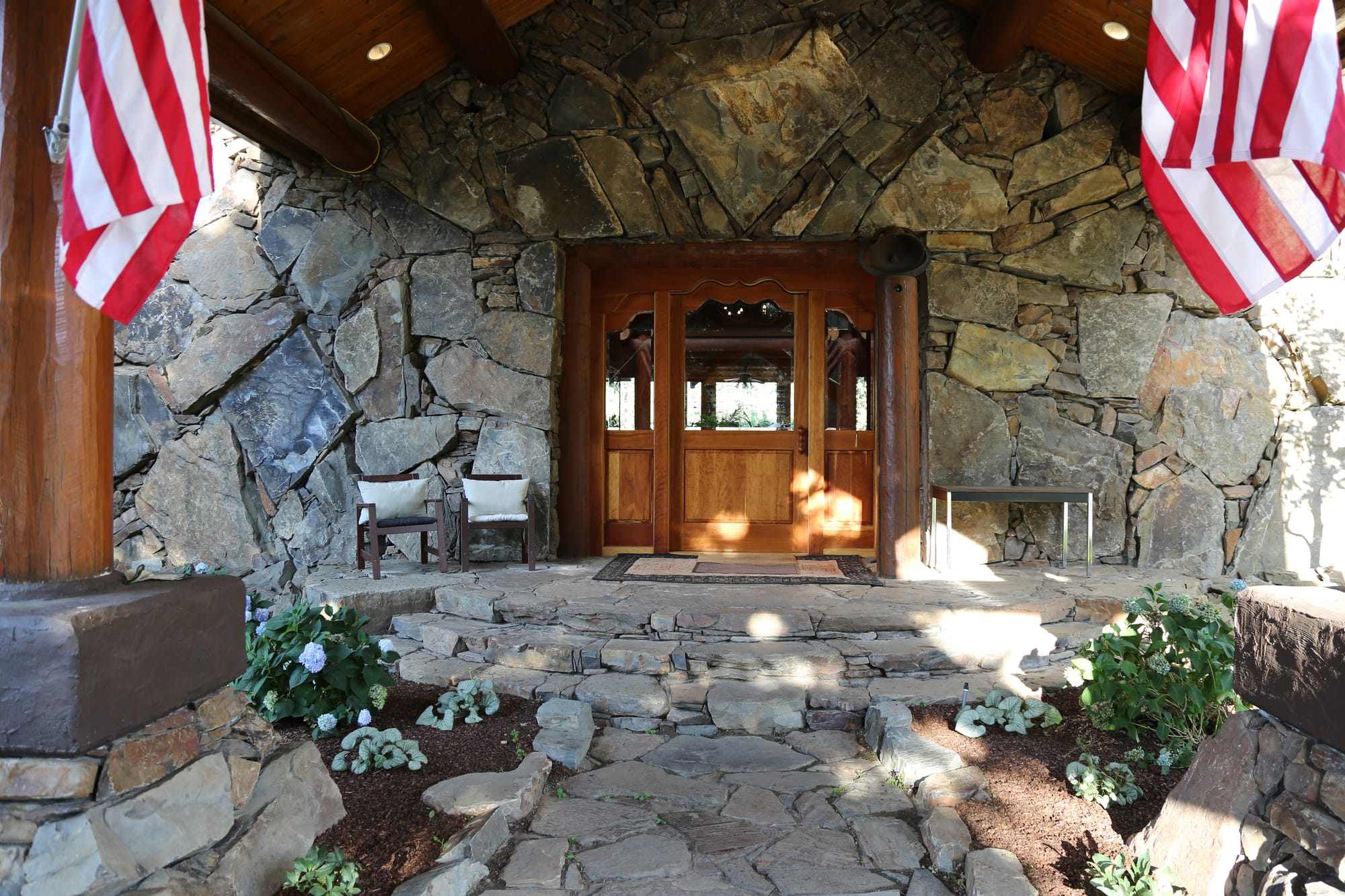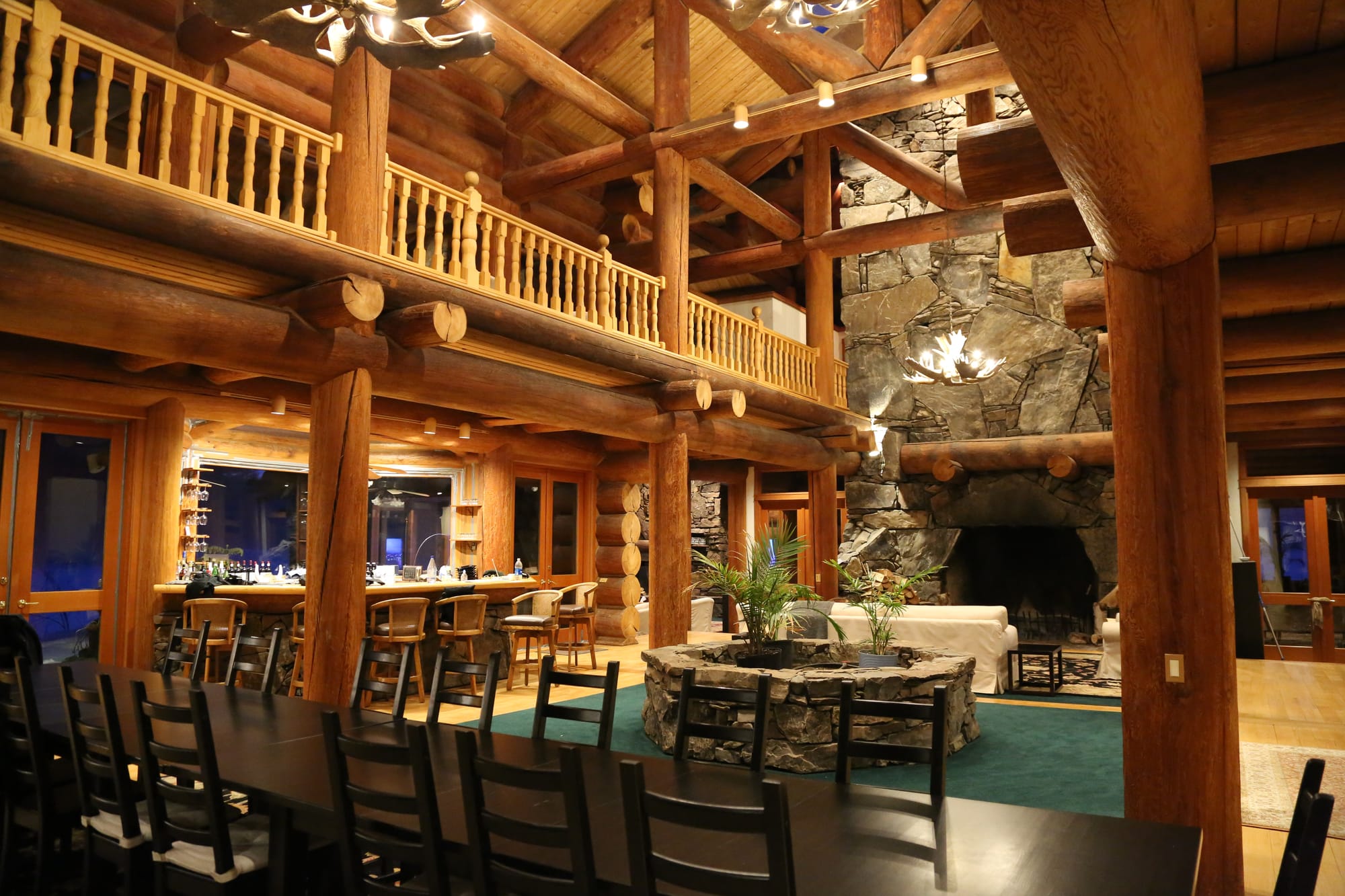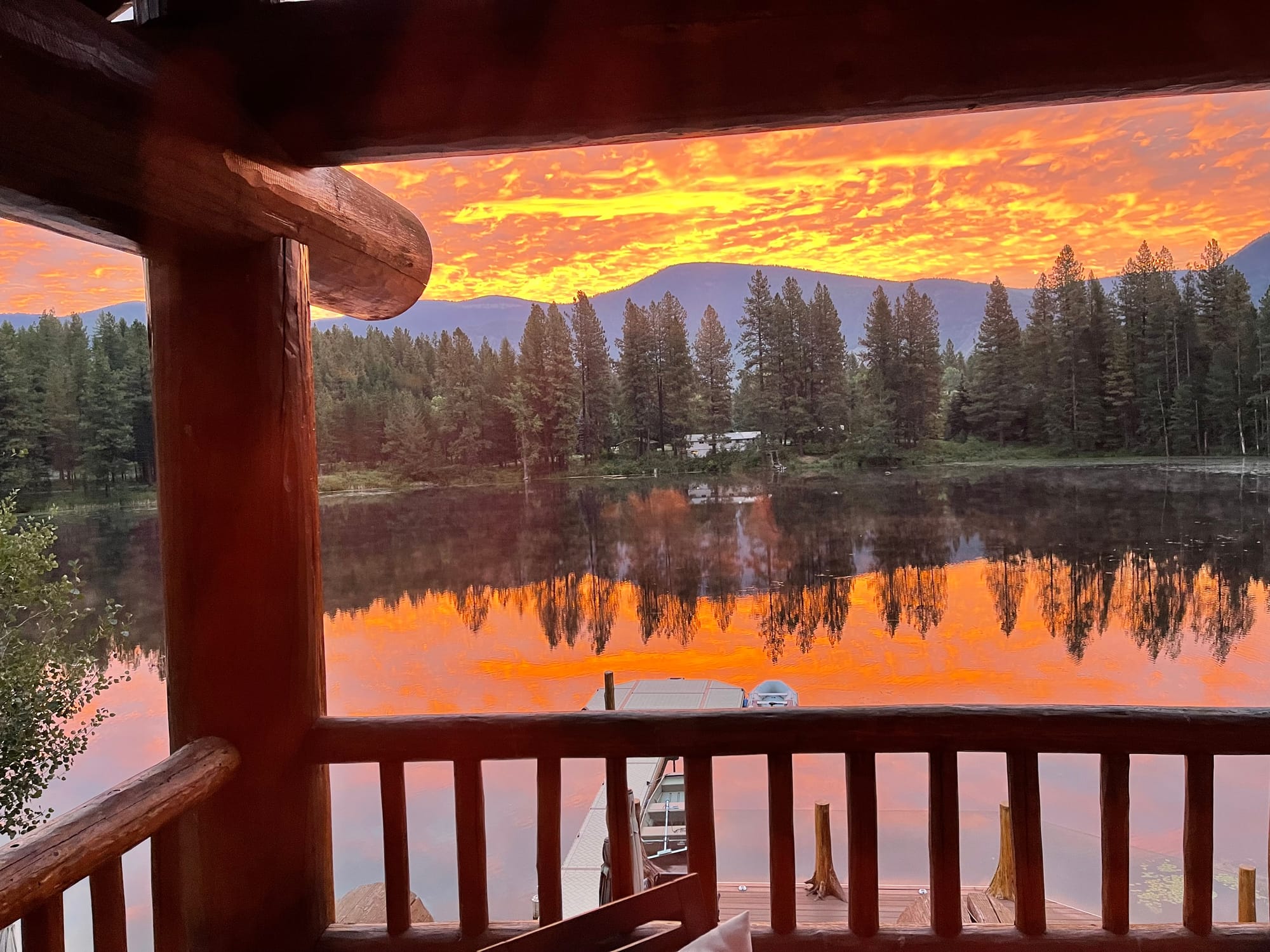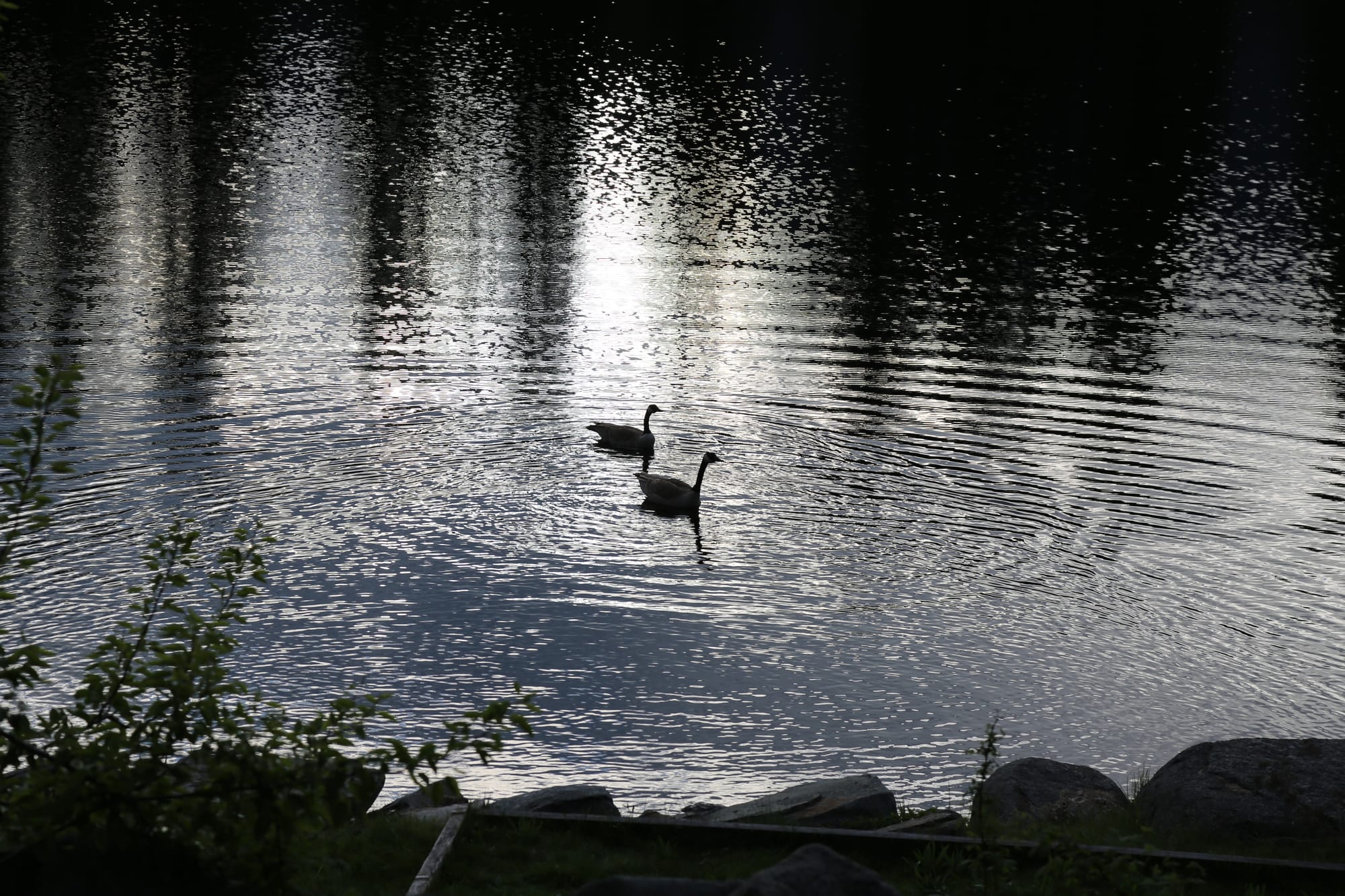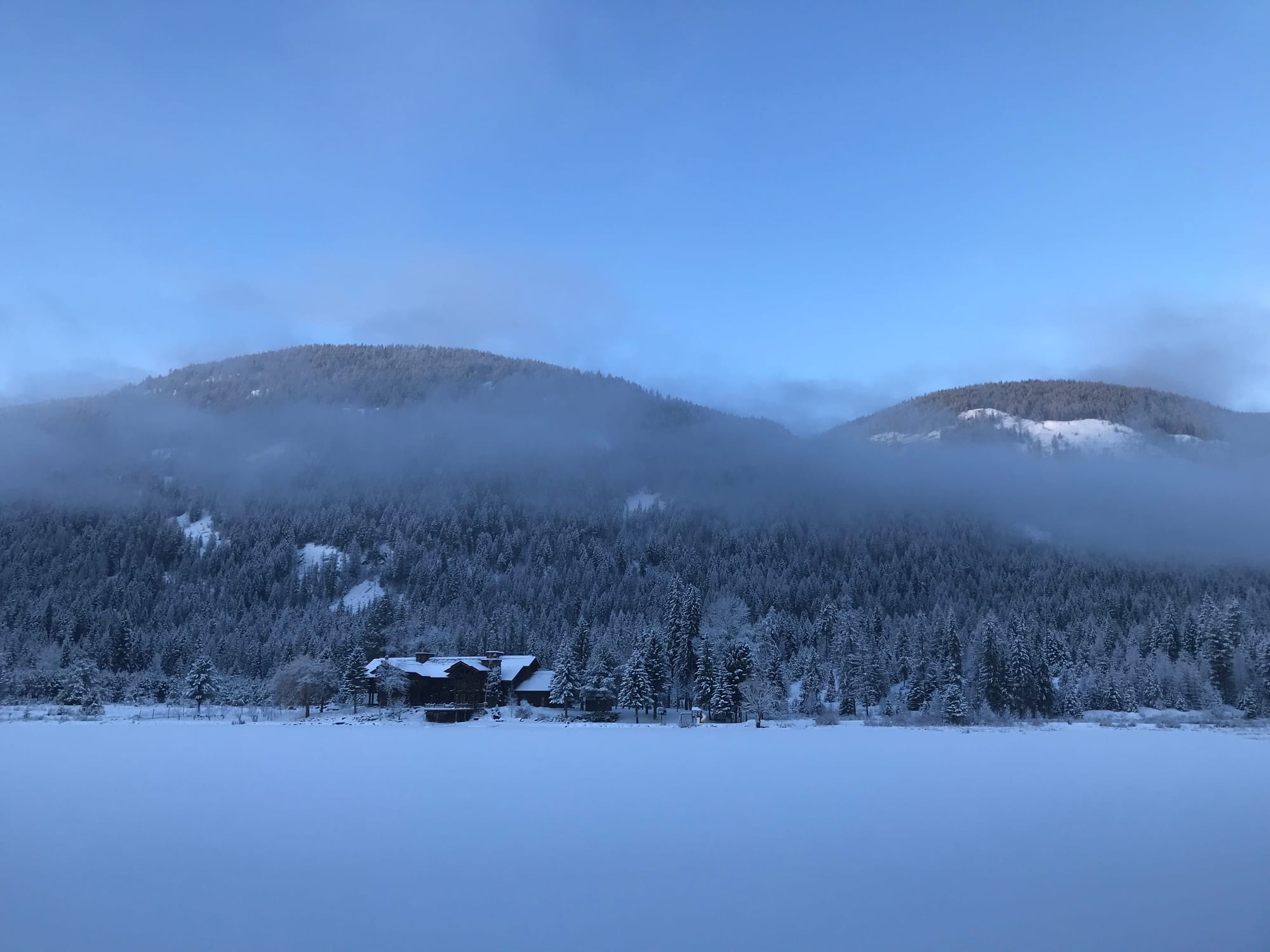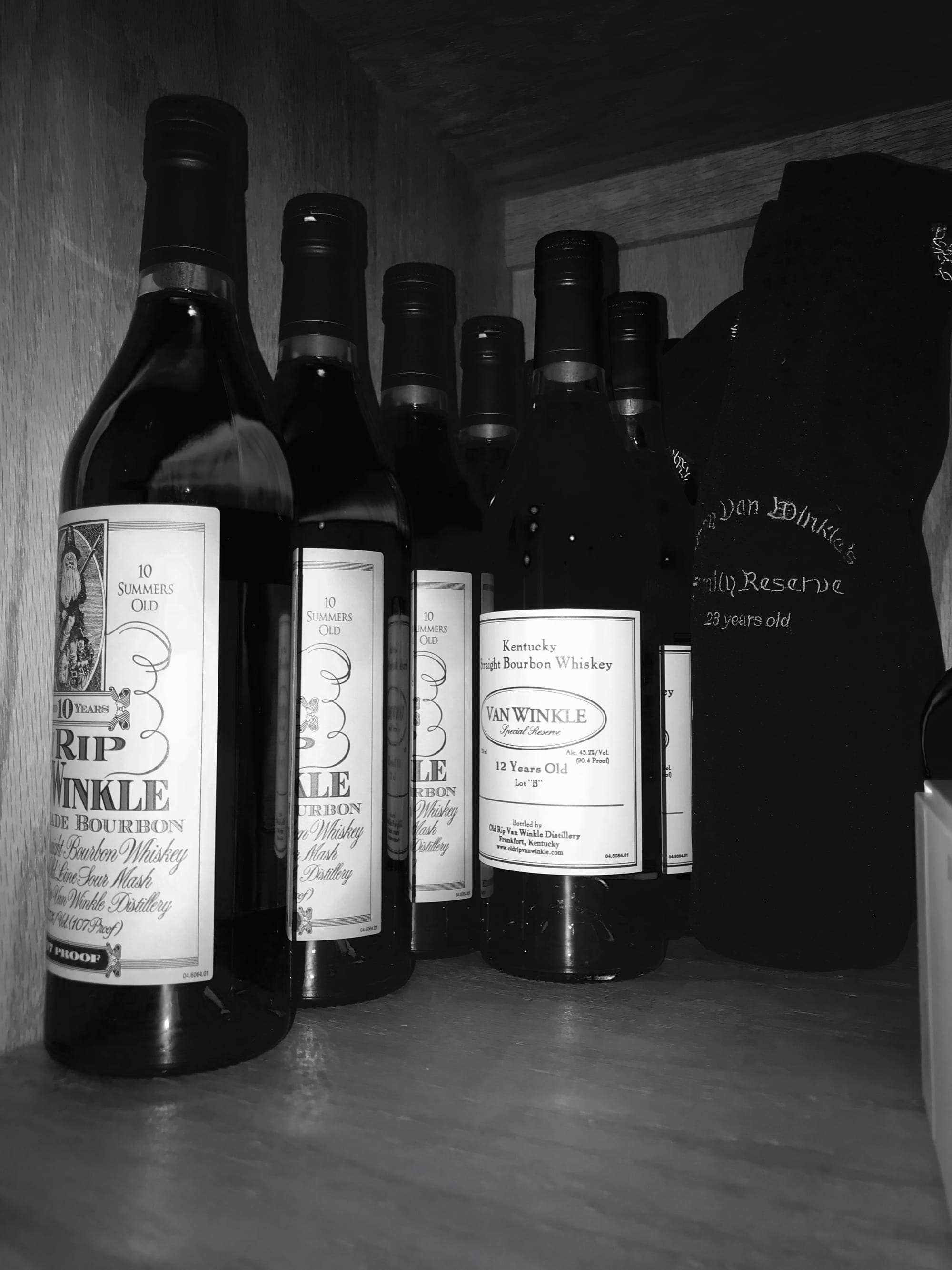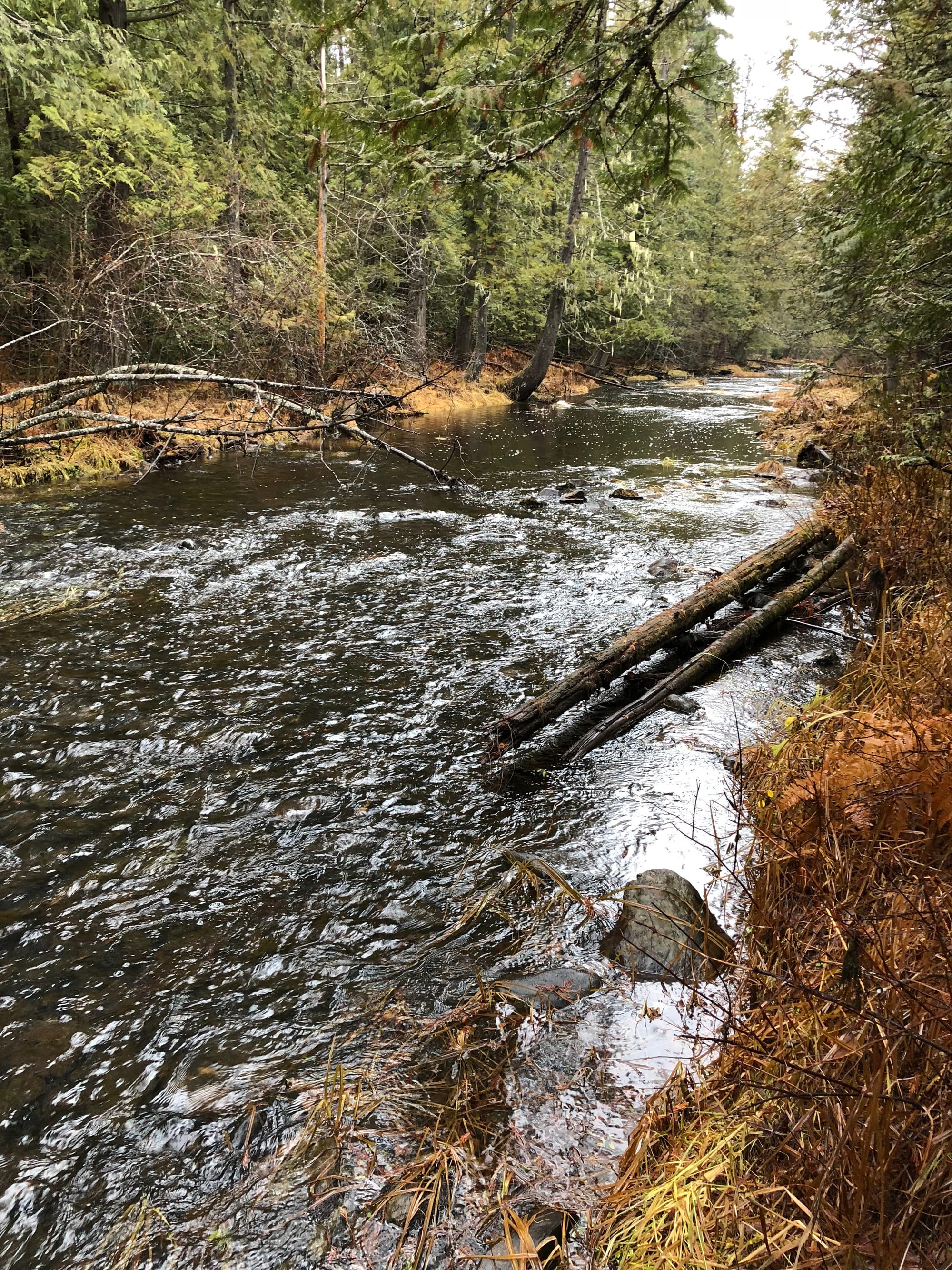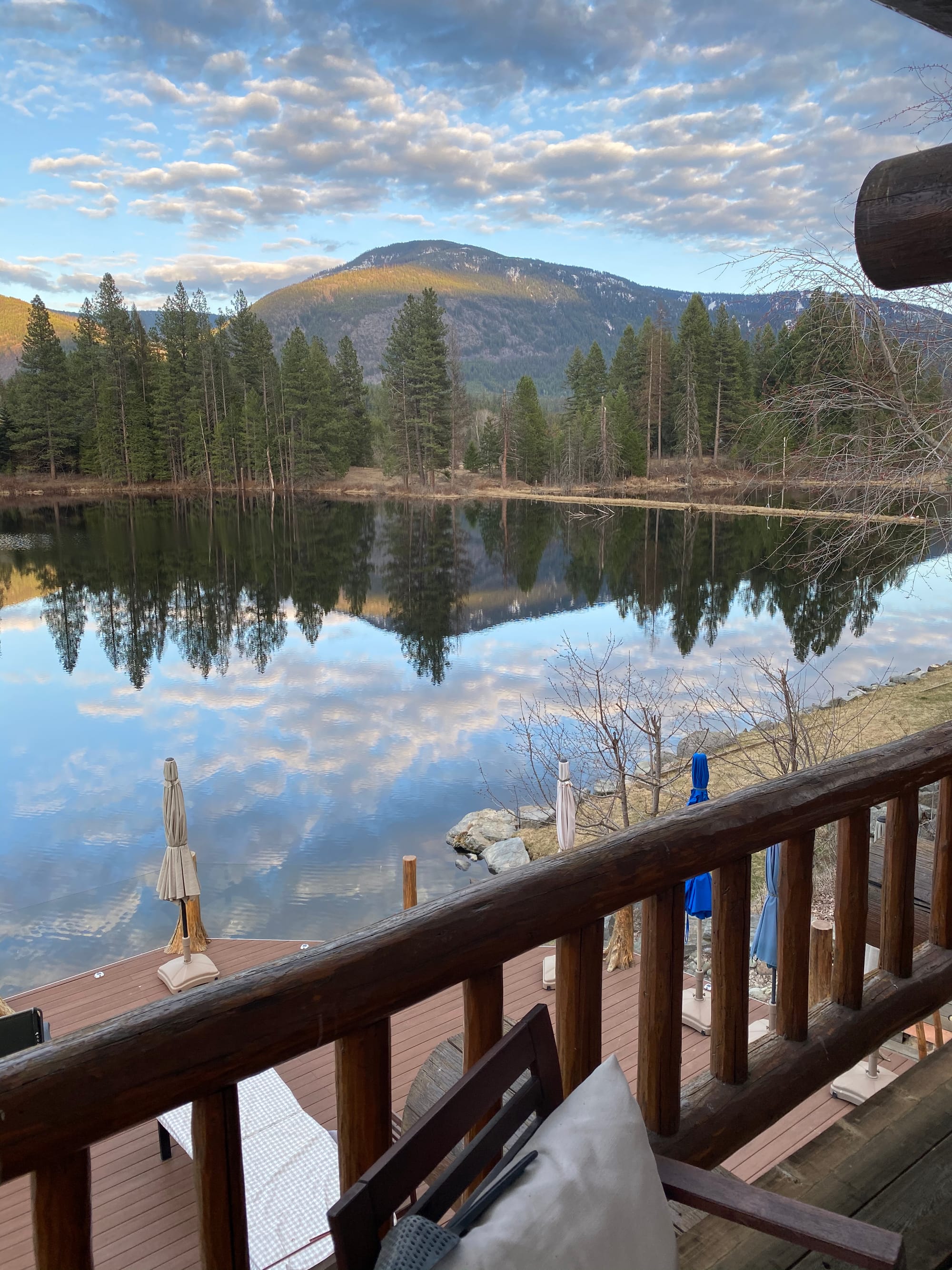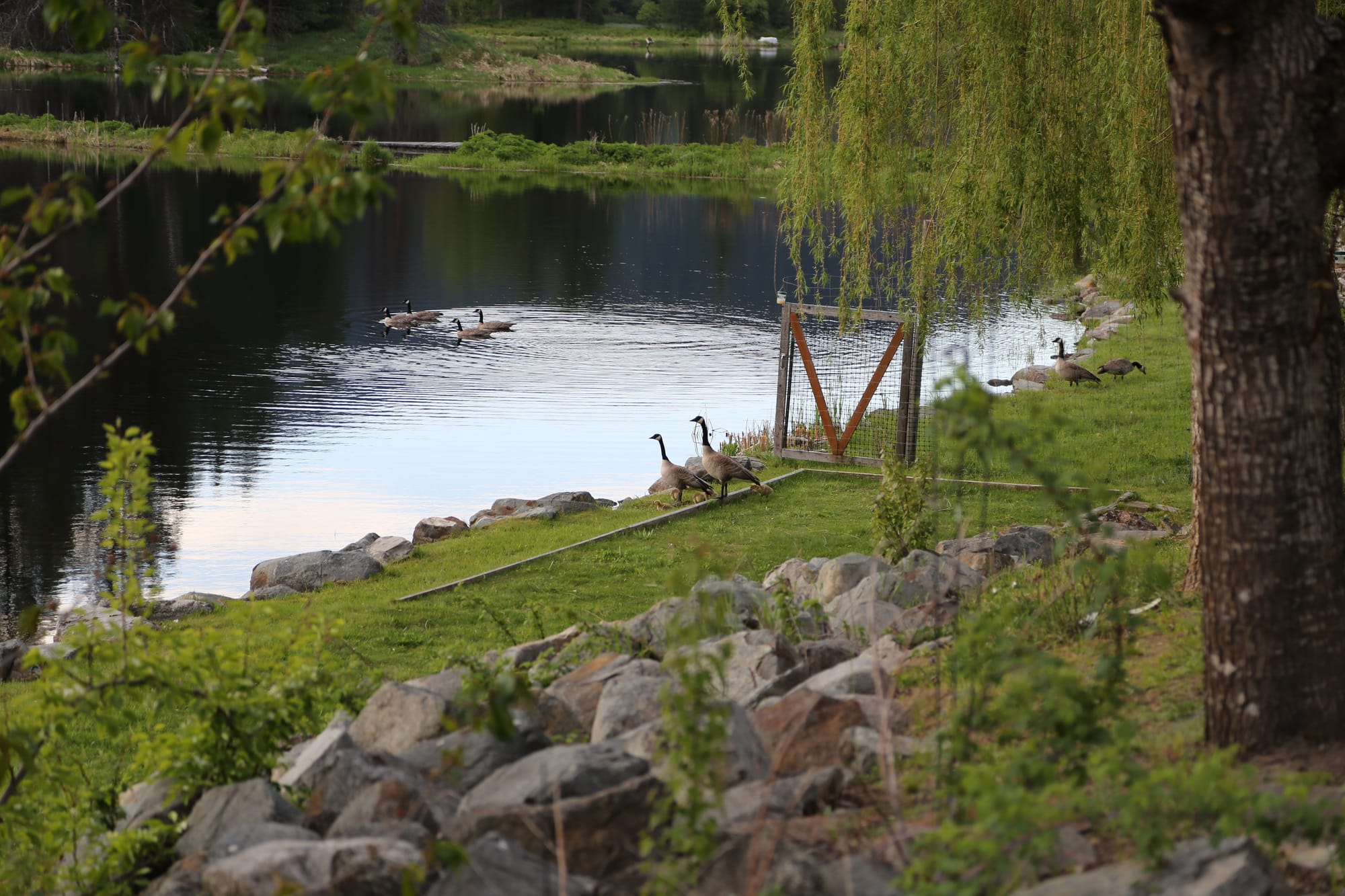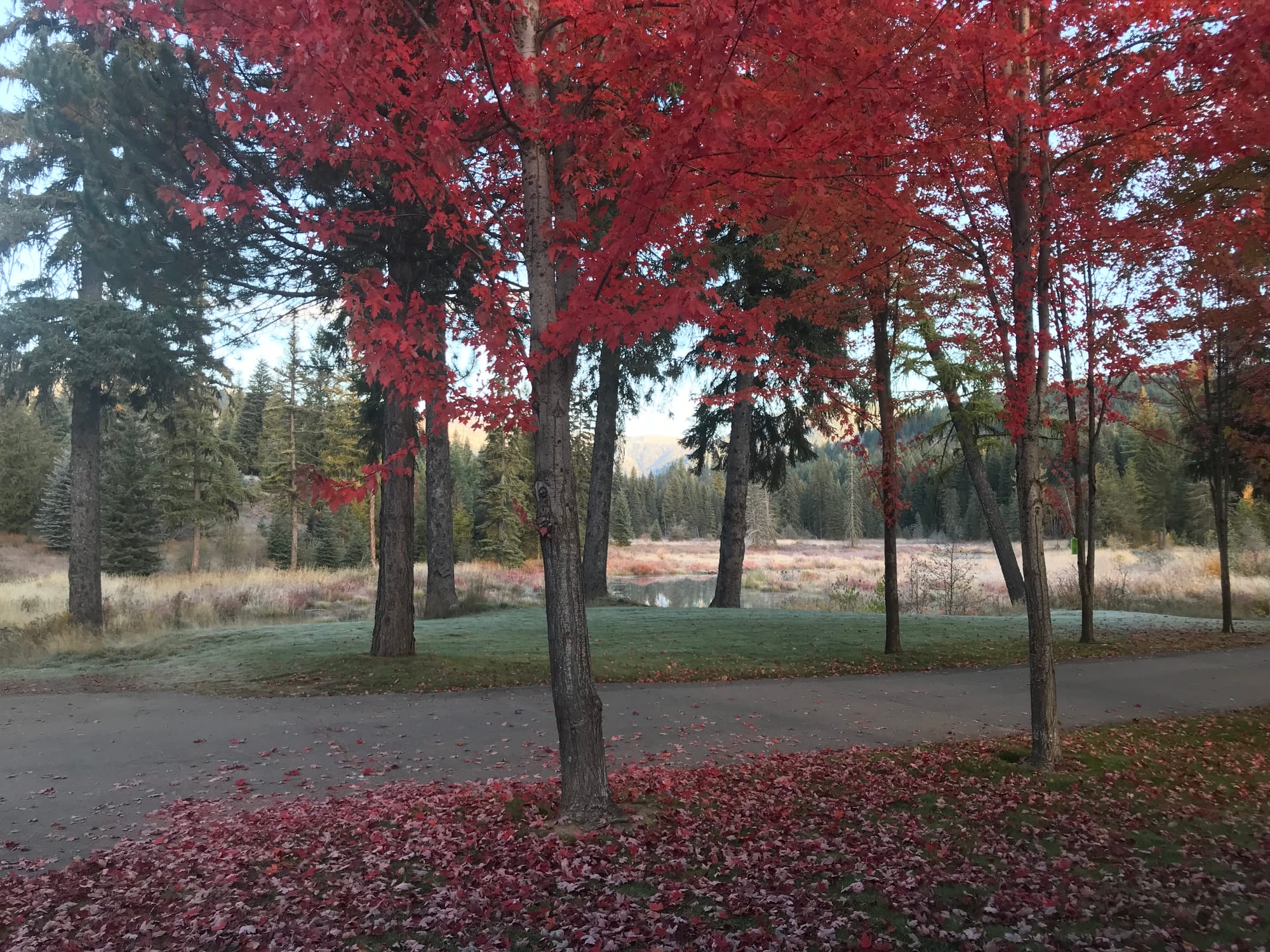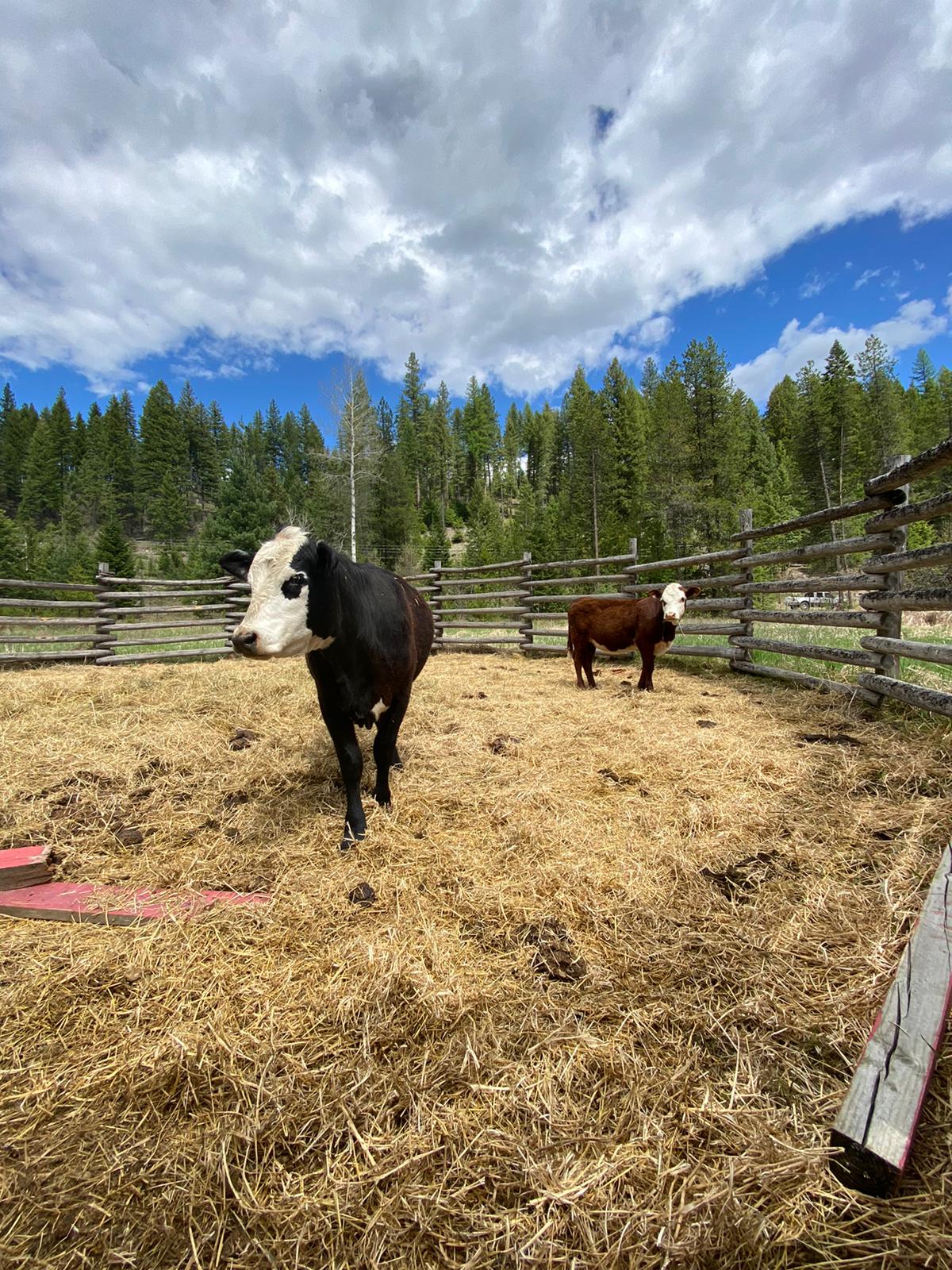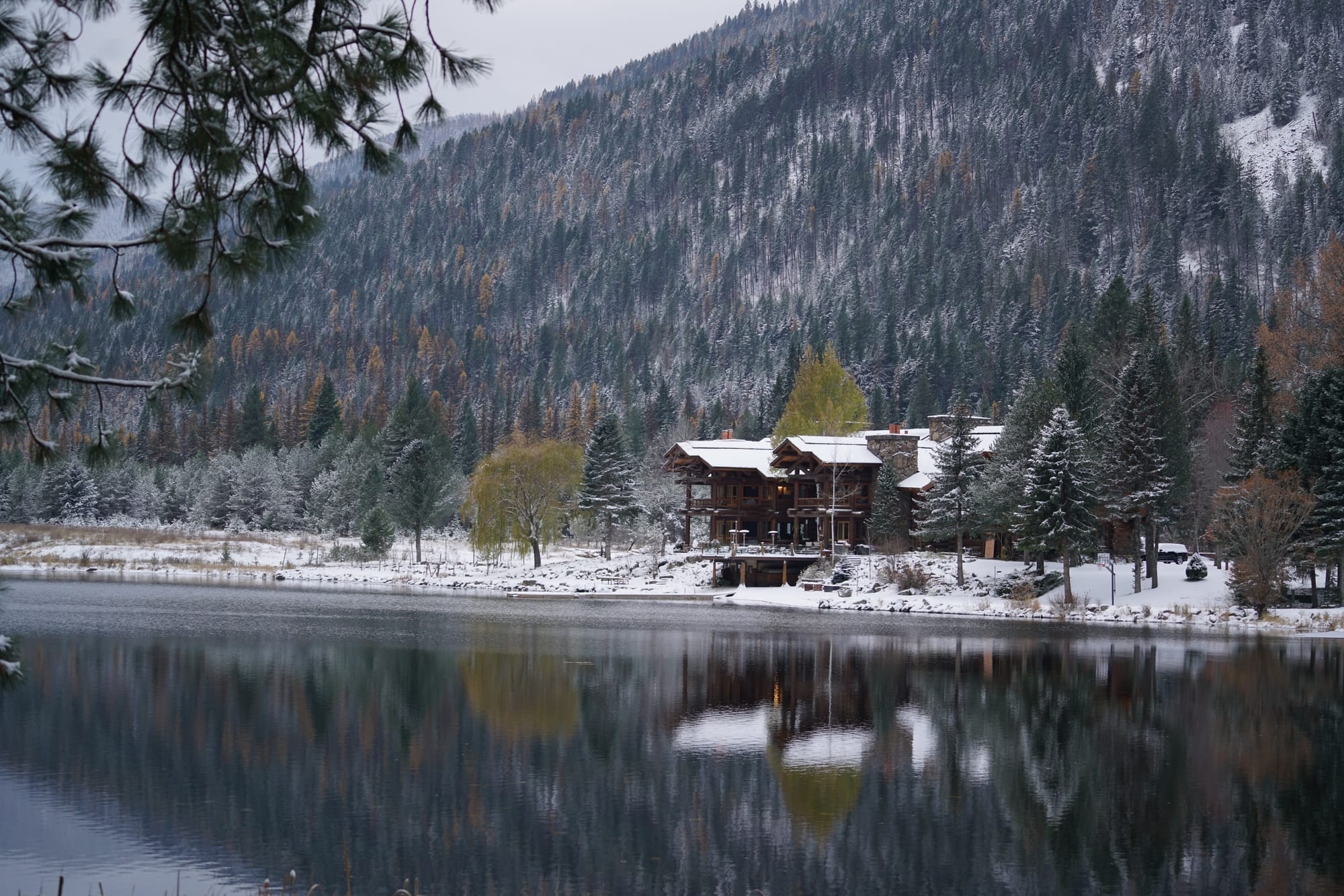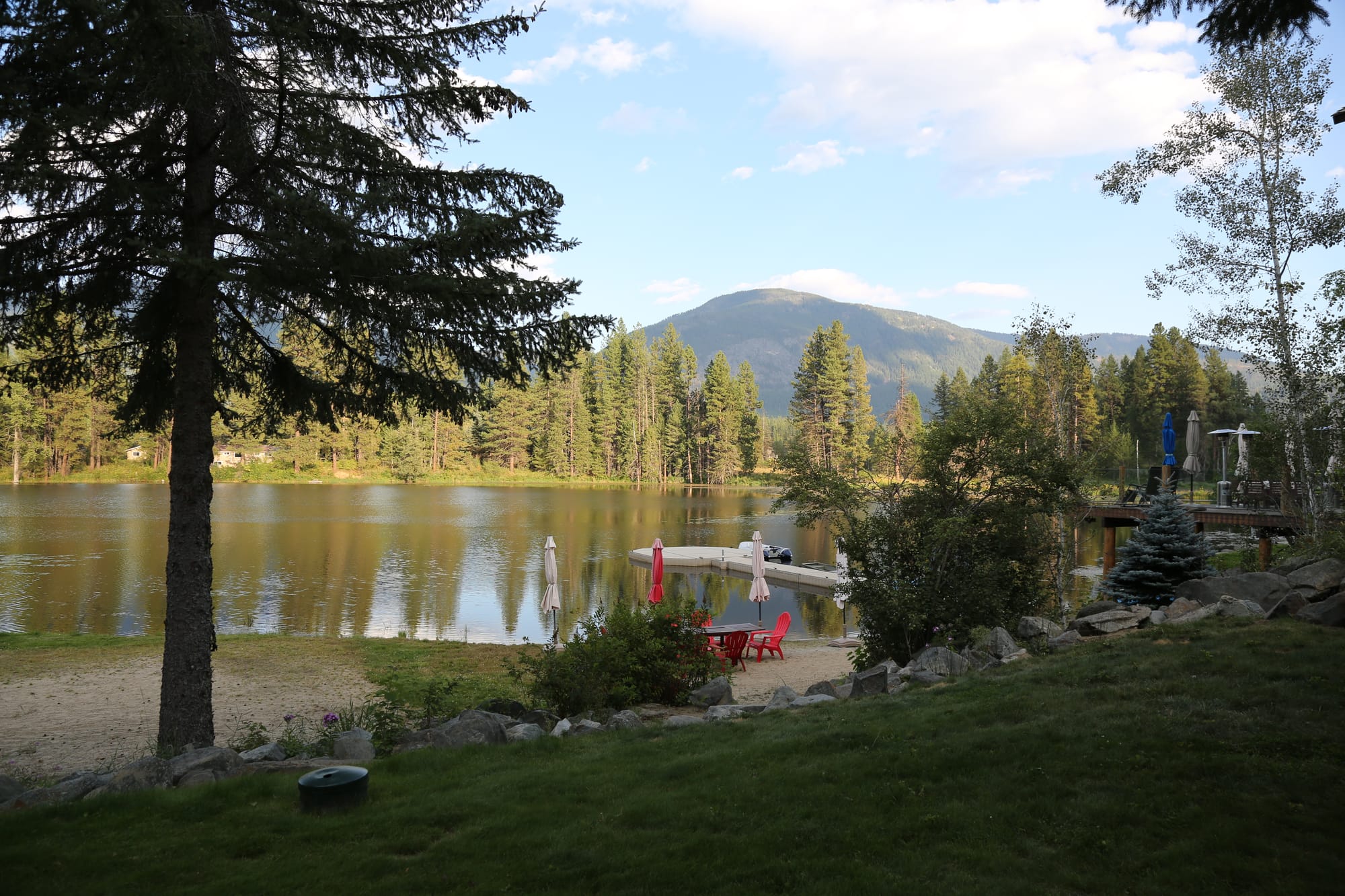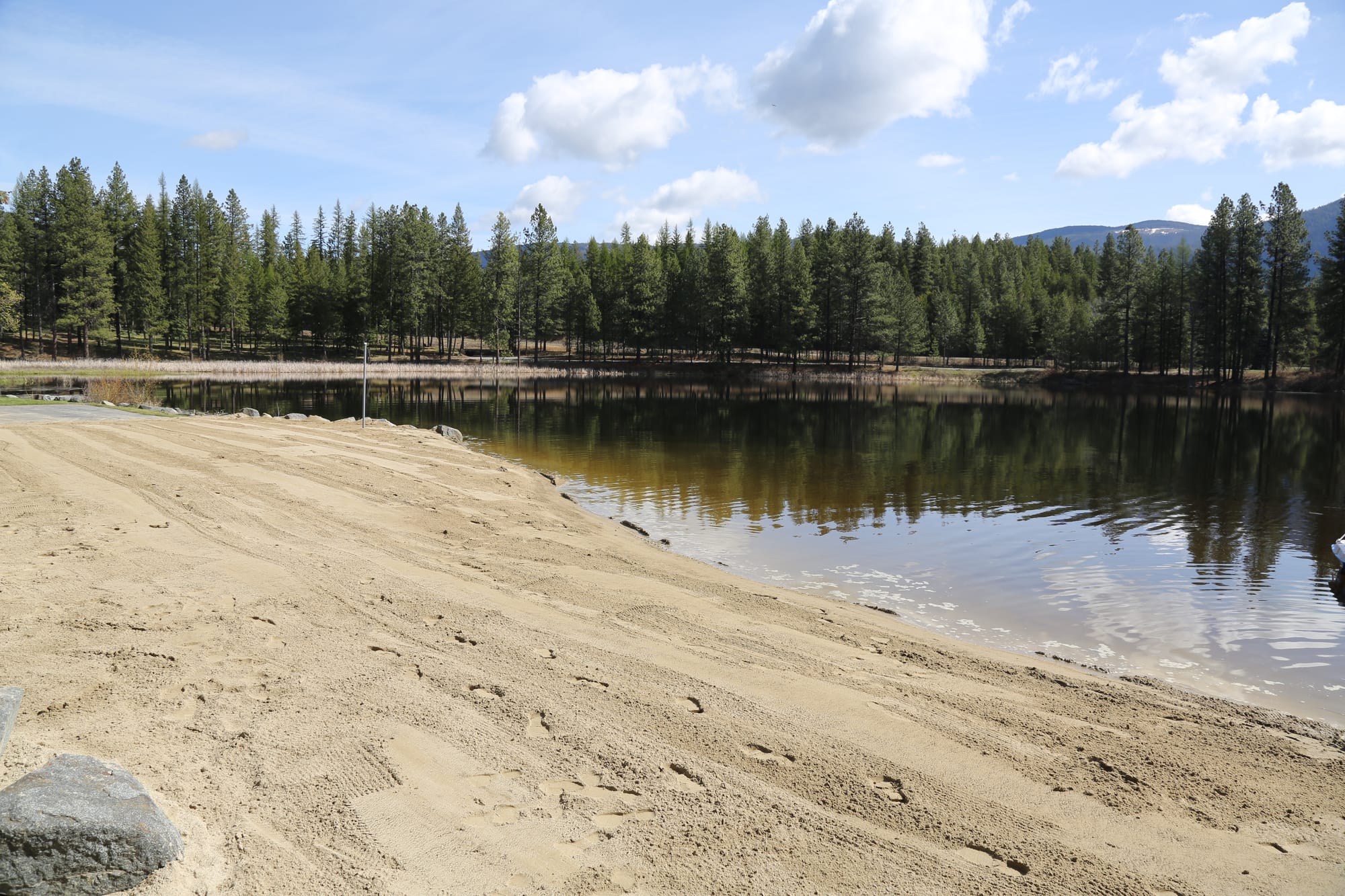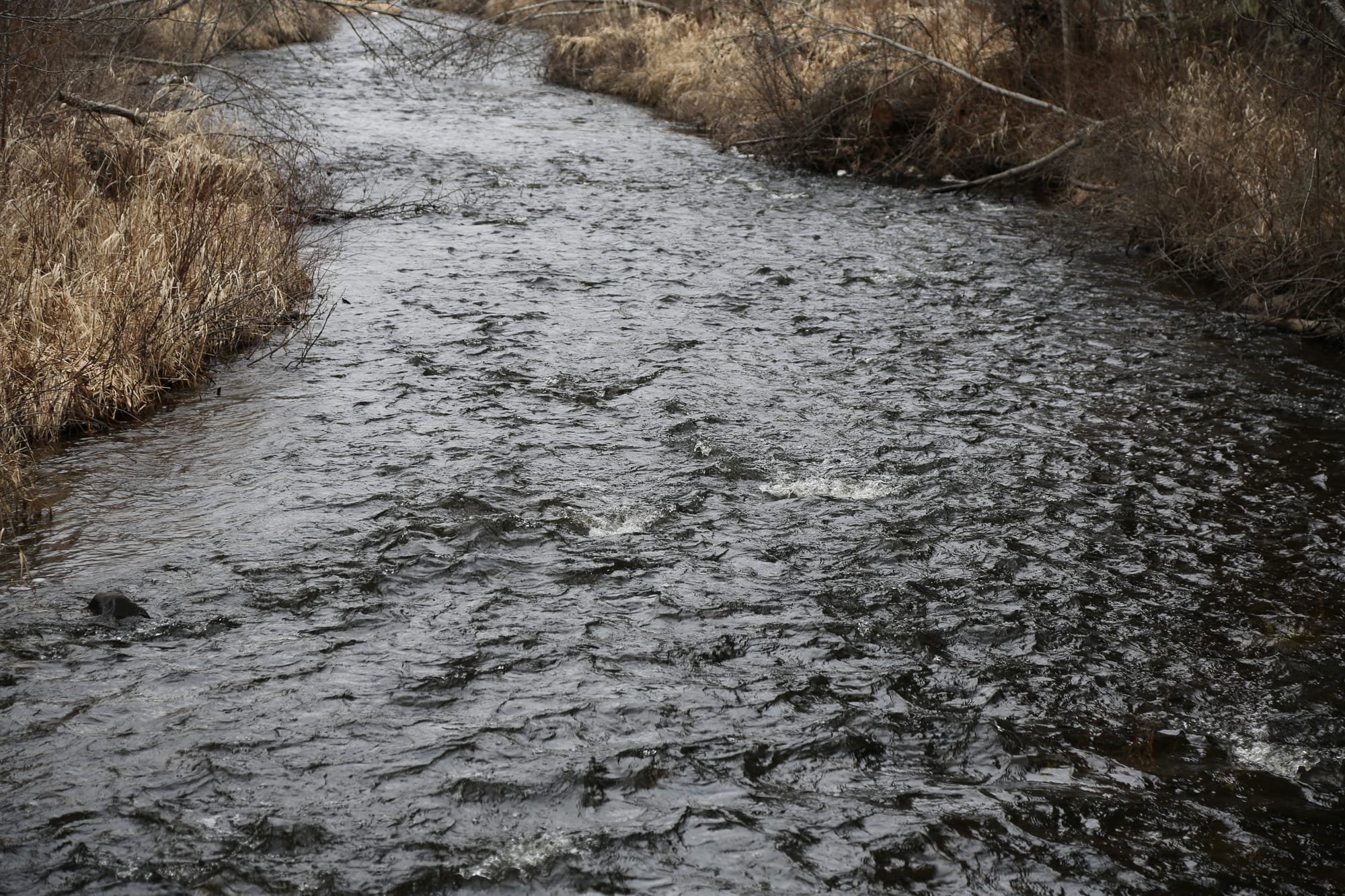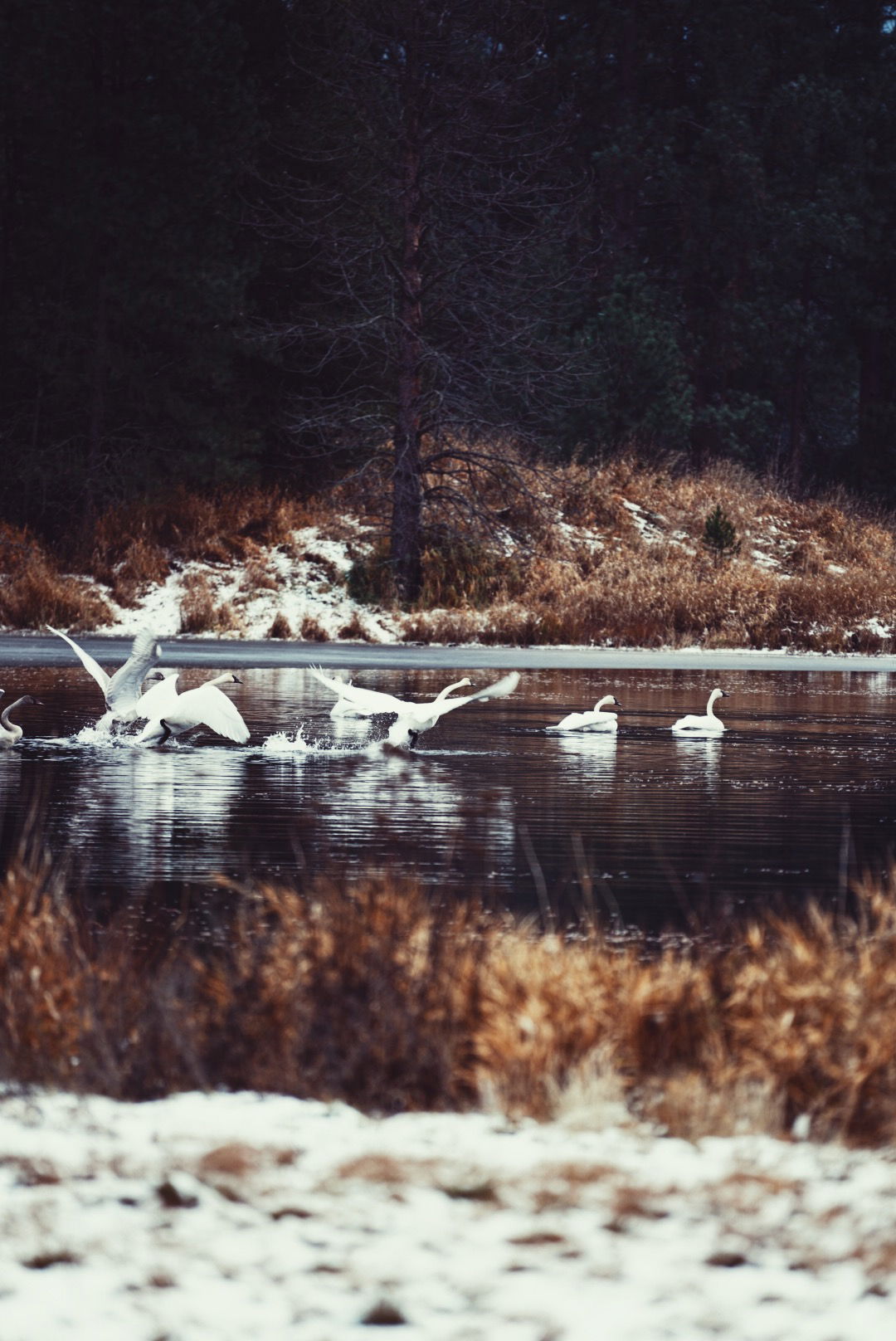Shadow Hollow
Wilderness Preserve
Good Grief, Idaho
about Shadow Hollow
Shadow Hollow Wilderness Preserve is a stunning, 564 acre private estate and home to some of the most awe-inspiring views of North Idaho's historic Kaniksu National Forest. Located in the Panhandle of Northern Idaho, it lies in Boundary County within the township of Good Grief.
This private wilderness preserve boasts over 40 acres of lake and marsh habitat, a year round trout stream, numerous springs, as well as the Little Hell Roaring waterfall. It lies nestled in the midst of the pristine, 1.6 million acre Kaniksu National Forest, placing it within the Purcell Mountain Range which is part of the larger 2.2 million-acre Kootenai, and 3.2 million-acre Idaho Panhandle National Forests.
Six miles to the east is Montana (near the Northwest Peak Scenic Area), widely considered one of the most desolate parts of the continental United States. A few miles to the north is another collection of stunning forests, lakes and rivers in neighboring Canada.
about the main lodge
The Shadow Hollow Wilderness Preserve is located in Good Grief, Idaho (an unincorporated section of the city of Bonners Ferry - population 2,543 per the 2010 census). Its name derives from a prominent building which was formerly a community school house, but is more recently a popular restaurant/saloon. Good Grief was "saluted" in the early 1970s television show Hee Haw as having "a population of three with two dogs and one old grouch.”
The main lodge was built in the late 1980’s. Designed by the renowned architectural firm McLaughlin & Associates (Ketchum, Idaho) and constructed under the direction of Jim McLaughlin, the project required nearly two years to complete.
The logs chosen for this unique construction were massive Canadian tamarack (larch), selected from standing dead timber resulting from a forest fire in the early 1900’s. The imposing timbers average 20-inches in diameter, the result of 300 years of growth. The stonework is equally breath-taking. As an example, the largest stone of the massive masonry work atop the front door weighs several tons.
The project soon caught national attention, as evidenced by Marlene Werner’s 1988 New York Times article, “No Cabin Fever in This Log Home.” She detailed the lodge’s construction as featuring, “7 bedrooms, 10 bathrooms, 7,000 square feet of windows, 7 miles of radiant-heat coils in the floors, 1,000 square yards of concrete with 25 tons of steel reinforcing bars, 6 chimneys, 9 fireplaces and was built utilizing over 800 tons of stone. The construction took over 18 months, with as many as 44 craftsman working at the same time. This massive undertaking required 1.1 million pounds of 20-inch lathe-turned larch logs, or about 1,200 trees.”
Despite the massive elements of its construction, the Shadow Hollow main lodge has a stunning open and airy feel. Its 40-by-50-foot great-room features a 40-foot ceiling and a large indoor greenhouse. A sea of windows presents the splendor of the valley in all of its seasonal variety as you relax among the comforts of the lodge.
Since the estate underwent new ownership in 2017, Shadow Hollow has benefited from a large renovation and expansion project scheduled for completion by the fall of 2022.
Weather
Please note: this page will automatically refresh approximately every fifteen minutes.
For more information about the weather in Shadow Hollow, click here.
about the valley
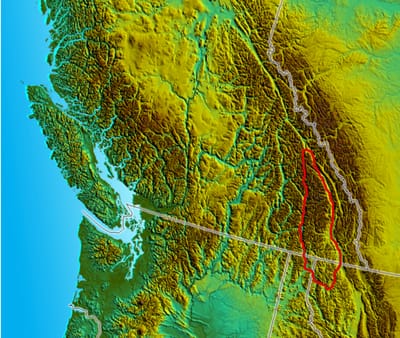
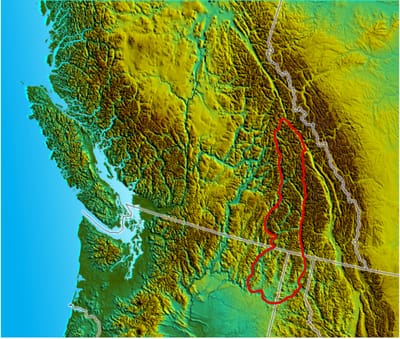
The Shadow Hollow Valley is found within the Purcell Mountain Range (first image to the left and above) with the Selkirk Mountains to our west (second image below). The Purcell Mountain Range have the Rocky Mountain Trench to the east. The Purcells are a subrange of the Columbia Mountains, which includes the Selkirk, Monashee, and Cariboo Mountains. They are located on the west side of the Rocky Mountain Trench in the area of the Columbia Valley, and on the east side of the valley of Kootenay Lake and the Duncan River.
To the north, in Canada the only large settlement in the mountains is the Panorama Ski Resort and Kicking Horse Resort, though there are small settlements, such as Yahkand Moyie along the Crowsnest Highway, and residential rural areas dependent on the cities of Creston, Kimberley and Cranbrook, which are located adjacent to the range.
The Purcells are shown in the United States (on some maps) as the Percell Mountains, where their southern limit protrudes into the states of Idaho and Montana, abutting Lake Koocanusa, a reservoir on the Kootenai River. American geographic classifications consider the Percells to be part of the Rocky Mountains but in Canada that terminology is reserved for ranges on the east side of the Rocky Mountain Trench. In the Purcell Mountains, most of the peaks are near or above 10,000 feet in elevation.
The Purcells were formed in the Proterozoic eon (in the Precambrian period), which spans from 2,500 million years ago to about 540 million years ago.
The Selkirk Mountains are a mountain range spanning the northern portion of the Idaho Panhandle, eastern Washington, and southeastern British Columbia. They begin at Mica Peak near Spokaneand extend approximately 320 km north (200 miles) from the border to Kinbasket Lake, at the now-inundated location of the onetime fur company post Boat Encampment. The range is bounded on its west, northeast and at its northern extremity by the Columbia River, or the reservoir lakes now filling most of that river's course. From the Columbia's confluence with the Beaver River, they are bounded on their east by the Purcell Trench, which contains the Beaver River, Duncan River, Duncan Lake, Kootenay Lake and the Kootenay River.
The Selkirks are distinct from, and geologically older than, the Rocky Mountains. Together with the neighboring Monashee and Purcell Mountains, and sometimes including the Cariboo Mountains to the northwest, the Selkirks are part of a larger grouping known as the Columbia Mountains. A scenic highway loop, the International Selkirk Loop, encircles the southern portions of the mountain range.
The Selkirks were named after Thomas Douglas, 5th Earl of Selkirk
about our neighbors
As thrilling as the mountain vistas are, visitors to the Shadow Hollow valley especially delight in the abundant wildlife populations. Regular visitors to our meadows include Whitetail and Mule deer, elk, black bear and coyotes. A sharp eye may catch a glimpse of our wary and reclusive wolf and Grizzly bear population.
Moose and river otters are frequent visitors to our lake and marsh habitat. Behind the lodge, Round Prairie creek tumbles along noisily. Between the creek and the lakes, fine fishing opportunities abound for species such as black bass, panfish, rainbow and brown trout. Birds are plentiful in the meadows and wetlands - duck, geese, songbirds, waterfowl and raptors including osprey, the enormous gold eagle and the majestic Bald Eagle.
About Bonners Ferry
This region was originally home to the Kootenai people. With the discovery of gold in the East Kootenays of British Columbia in 1863, thousands of prospectors from all over the West surged northward over a route that became known as the Wildhorse Trail.
Edwin Bonner, a merchant from Walla Walla, Washington, established a ferry in 1864 where the trail crossed the broad Kootenai River. In 1875, Richard Fry, and his Sinixt wife (a member of the native Salish people), Justine Su-steel Fry, leased the business, but the location retained the name of the original founder.
Before the gold rush, few visitors had come to the region; one of the first was explorer David Thompson, a cartographer for the North West Company. Thompson and four fellow fur traders arrived in 1808 to trade with the Lower Kootenais. Exhausted and famished, the local natives gave Thompson's party dried fish and moss bread. Thompson returned the next year and established a trading post on Lake Pend Oreille. He was followed in 1846 by Jesuit Priest Father DeSmet, a missionary to the Kootenai Tribe.
The Oregon question was settled by the Oregon Treaty of 1846, which established the 49th Parallel north as the boundary between the U.S.A and British North America. Government surveyors of the Boundary Commission came in 1858 to formally establish the border between the United States and British Columbia.
With mines to the north, the community of Bonners Ferry began to flourish in the 1880s as a supplier. The Norwegian-built steamer Midge began service in 1883 and operated for the next 25 years, carrying passengers and freight between Bonners Ferry and British Columbia. The Great Northern Railway was built here in 1892, followed quickly by the Spokane International and the Kootenai Valley lines.
The village of Bonners Ferry was formally established in 1893, along the south bank of the Kootenai River. Perched on stilts to avoid the inevitable spring floods, it gave every appearance of a boom town. By 1899 it had encompassed three nearby river communities, Bonnerport and Eatonville on the south side and Fry on the north side. Boundary County separated from Bonner County in 1915.
Scattered along the valley and benchland were a few ranches and homesteads. Numerous mines were developed in the nearby mountains, including the Continental Mine in the Selkirks. The lumber industry also grew rapidly.
The 1920’s saw false front wooden structures give way to brick buildings; sidewalks replaced boardwalks, and bridges replaced the ferry. Much of today’s charming Main Street dates from this initial period of solid, permanent construction. Churches and schools grew as more families settled. Dikes protected the town and farmlands from spring floods most years. Libby Dam removed the threat of flooding, but not the memories for old timers.
Moving into the 20th century, the town found its strength as a lumbering and farming community. More valley land was drained, levees constructed and farms cleared on the benches. The rich Kootenai Valley became known as the "Nile of the North.” While the Bonners Ferry Lumber Company grew to be one of the world's largest lumber mills.
Today’s Bonners Ferry retains much of the flavor of its past, while a recent revitalization project has given a facelift to the downtown area. The one thing that has never changed is the friendly, hometown attitude of its citizens.
Trusted Service Provider Directory
North Idaho has many wonderful and interesting people. A large part of the journey of living in remote locations is finding the right fit for your particular needs. Hereunder is a list of professionals in different areas that have earned our respect professionally and who we feel represent the best that North Idaho has to offer. In no way does this mean that each of these individuals are the only people who are able and capable of delivering excellent work in their respective fields in the area, but we are giving the people on this list a special mention as their work, demeanor and dedication to their craft and our community make them very special to us. The people and companies mentioned here are not only people we enjoy working with but professionals who's work we trust and feel proud to recommend.
WATER, PUMPS & FILTERS
Jamon Ensz & Ensz Pump N Water
(208) 610-8410
SEPTIC
KG&T Septic & Excavation
Contact: Casey Nelson
(208) 263-5110
POWER & ELECTRICITY
Abe’s Electric
(208) 610-5869
CONSTRUCTION & RED PHONE WHEN THE SHTF
Cliff Kramer
(208) 290-4931
Level up Construction
Contact: Ricky
(208) 946-8681
Levelupconstructionllc@outlook.com
Asphalt Contractors
Contact: John Gorman
(208) 806-2121
HEATING & COOLING
AirTech
Contact: Grant
(208) 691-8834
REFRIGERATION, HEATING & COOLING
Cool-it, Inc.
Lisa & Vaughn Hoehn
(208) 263-5355
GENERATORS
Beyond The Grid Outfitters
Doug Whitney
(208) 437-4663
(208) 290-7957
Contact
- (208) 216-7330
- info@shadowhollow.com
- Call or email for a scheduled appointment. Sorry, no unscheduled visitors permitted on the premises.
